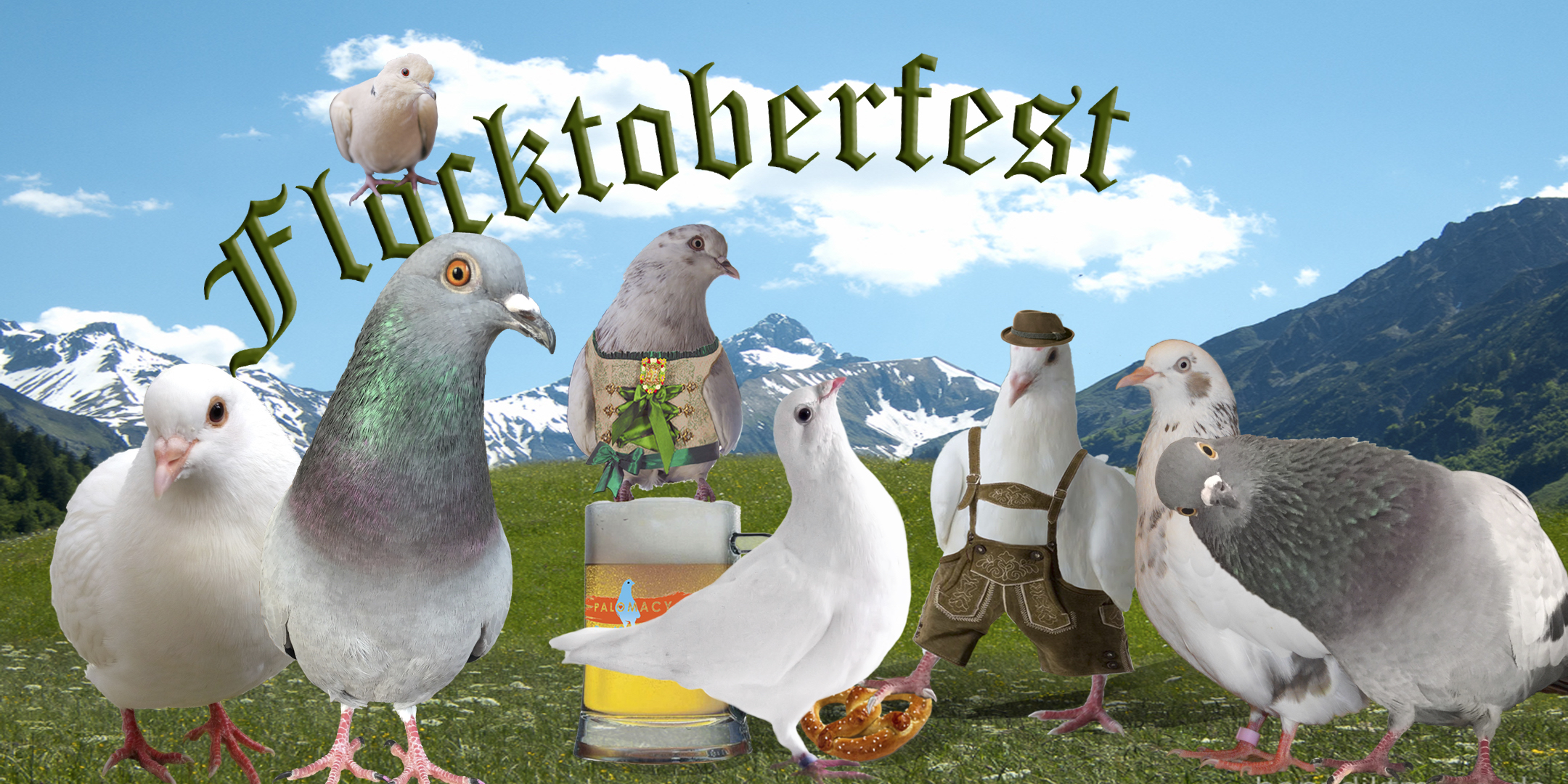
On Saturday, October 21st, thanks to the amazing generosity of a whole lot of Palomacy friends and supporters, we came together at Flocktoberfest to celebrate ten years of life-saving, culture-changing, pigeon and dove rescuing! It was a wonderful party and I’m going to try my best to recreate it here for everybody to enjoy!
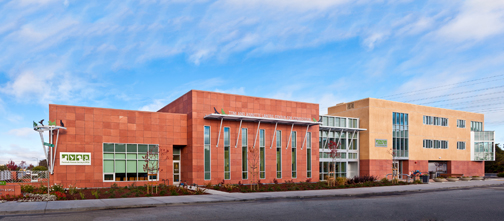
Thank you to the Peninsual Humane Society for so generously donating the use of their gorgeous Community Room!
We had special guests show up from all over- Sonora, Sacramento, Santa Rosa, Sunnyvale, Pacifica, Alameda… even Washington, Tennessee and Oklahoma!
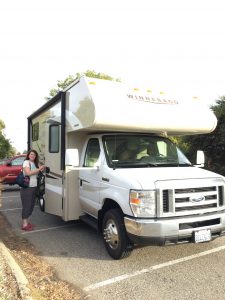
Stefaney rented “the beast” & drove from WA with rescued pet pigeons Dee & Taffy!
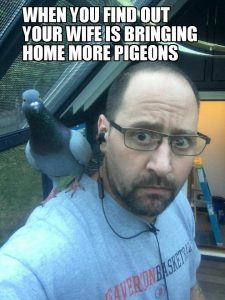
Volunteers worked feverishly to get all the decorations, treats, treasures and accomodations set up before the party…
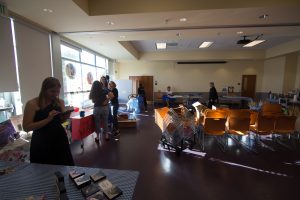
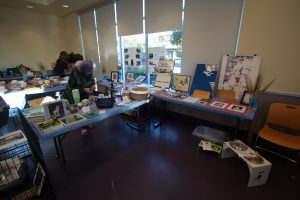
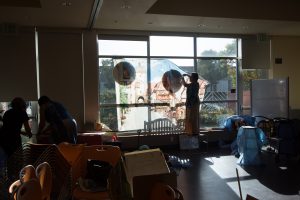
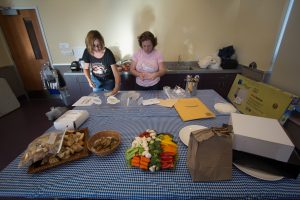
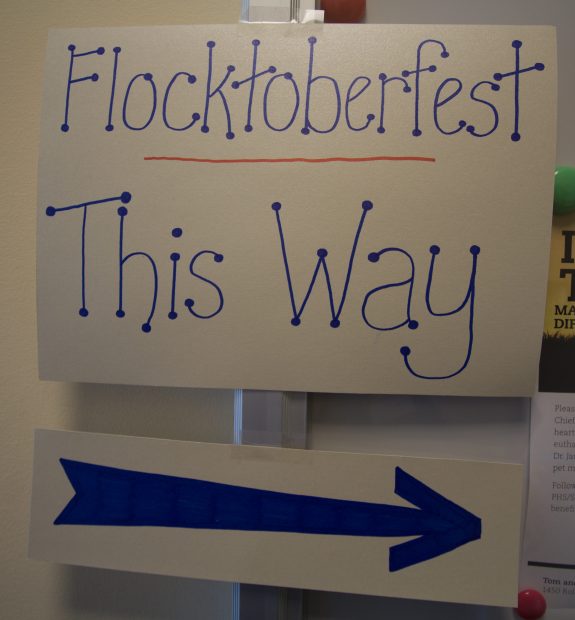
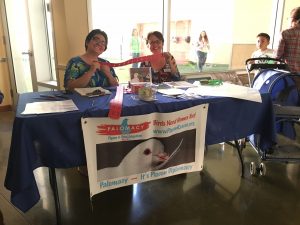
Ashley & Chris welcomed our guests with big smiles & winning tickets
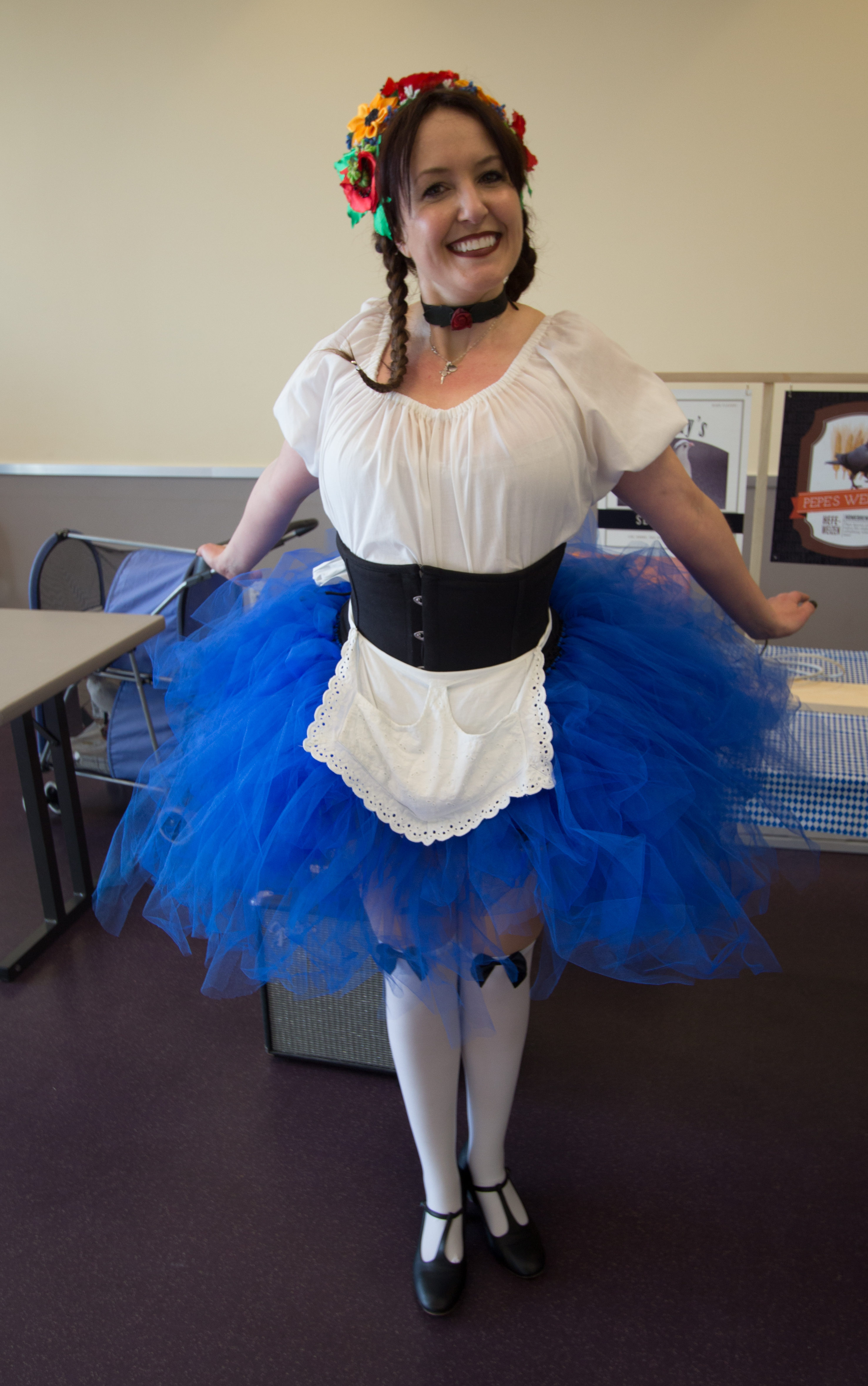
Christiana- our party mistress extraordinaire!
Christiana played a huge role including preliminary scouting of the site, organizing the party lay out, creating all the lovely decorations, beautiful signs and fun features like our photo wall and the Pigeon Whisperer Is In booth as well as hostessing with the mostessing throughout the event (including her beautiful toasts). Christiana, as always, went above and beyond to help Palomacy have an amazing celebration!
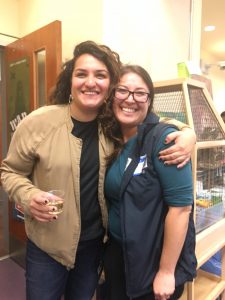
Our rescue partners & party hosts, Daniela & Mariela of Peninsula Humane Society!
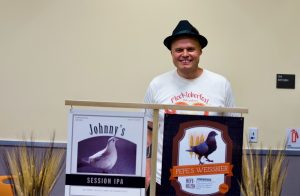
Barna treated us all to lots of his delicious, home-brewed beers!
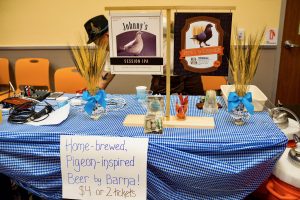
All proceeds help the birds!
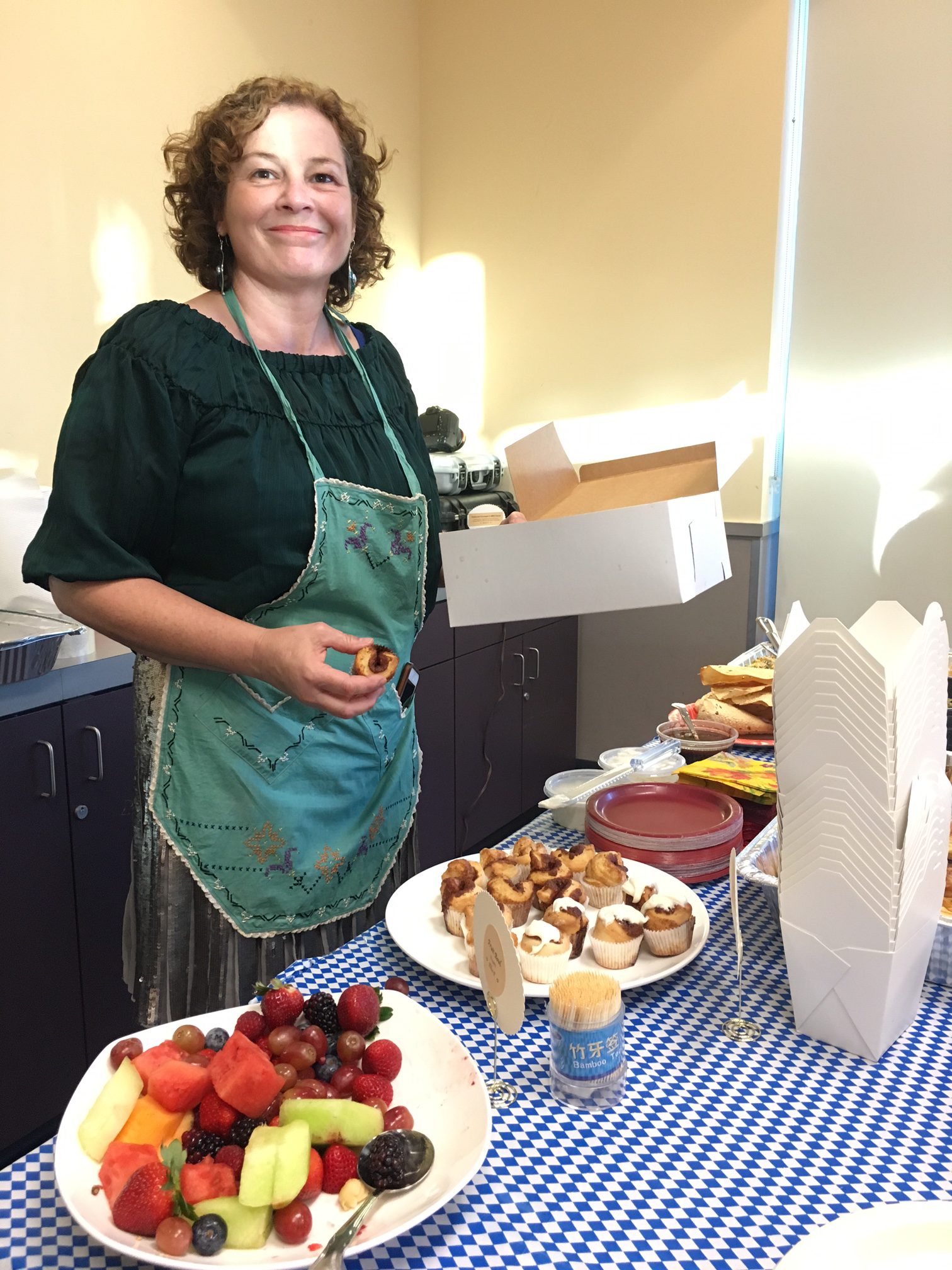
Ellie led the food team & did an AMAZING job of providing an incredibly delicious vegan feast (including quite a bit of yummy catered food that she donated as well). Best party food ever!
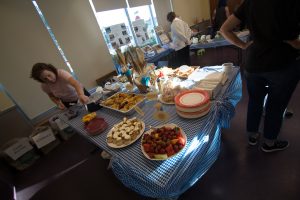
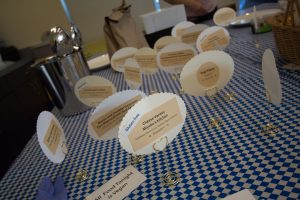



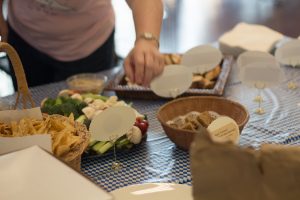
Heartfelt thanks to our many very generous volunteers and donors who contributed so deliciously to our (cruelty-free) celebration! Thank you Ellie, Barna, Josette, Cheryl, Jill, Ranjini, Angela, Steve, Clare, Mariah, Cinnaholic, Miyoko’s Kitchen, Two Mammas’ Vegan Kitchen and Drake’s Brewing!
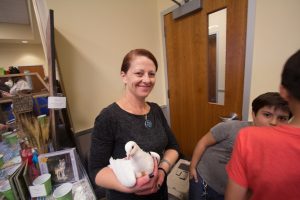
Mariah & her family donated & served delicious smoothies
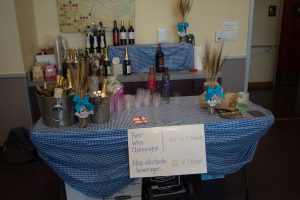
Josette & Luis donated & served all of our wine & champagne




And we had amazing support from special contributors who donated their art in support of Palomacy. Laurie Stern of Velvet & Sweet Pea’s Purrfumery brought her scrumptious, hand-crafted, award-winning, cruelty-free perfumes and treasures and Canvas Dove artist and rescuer Ashley Dietrich flew in from Oklahoma to share her must-have portraits.
Palomacy adopter, supporter and artist Leda Chung helped all the way from London by designing our beautiful graphic to show off our Flocktoberfest spirit! It is available on shirts and stuff in our online store!
And we kept bird whisperers Cheryl and Jill busy all night sharing their pigeon-charming secrets, weighing and worming birds, helping to size and suit up birds for Avian Fashions’ FlightSuits and teaching the fine arts of snorgeling!
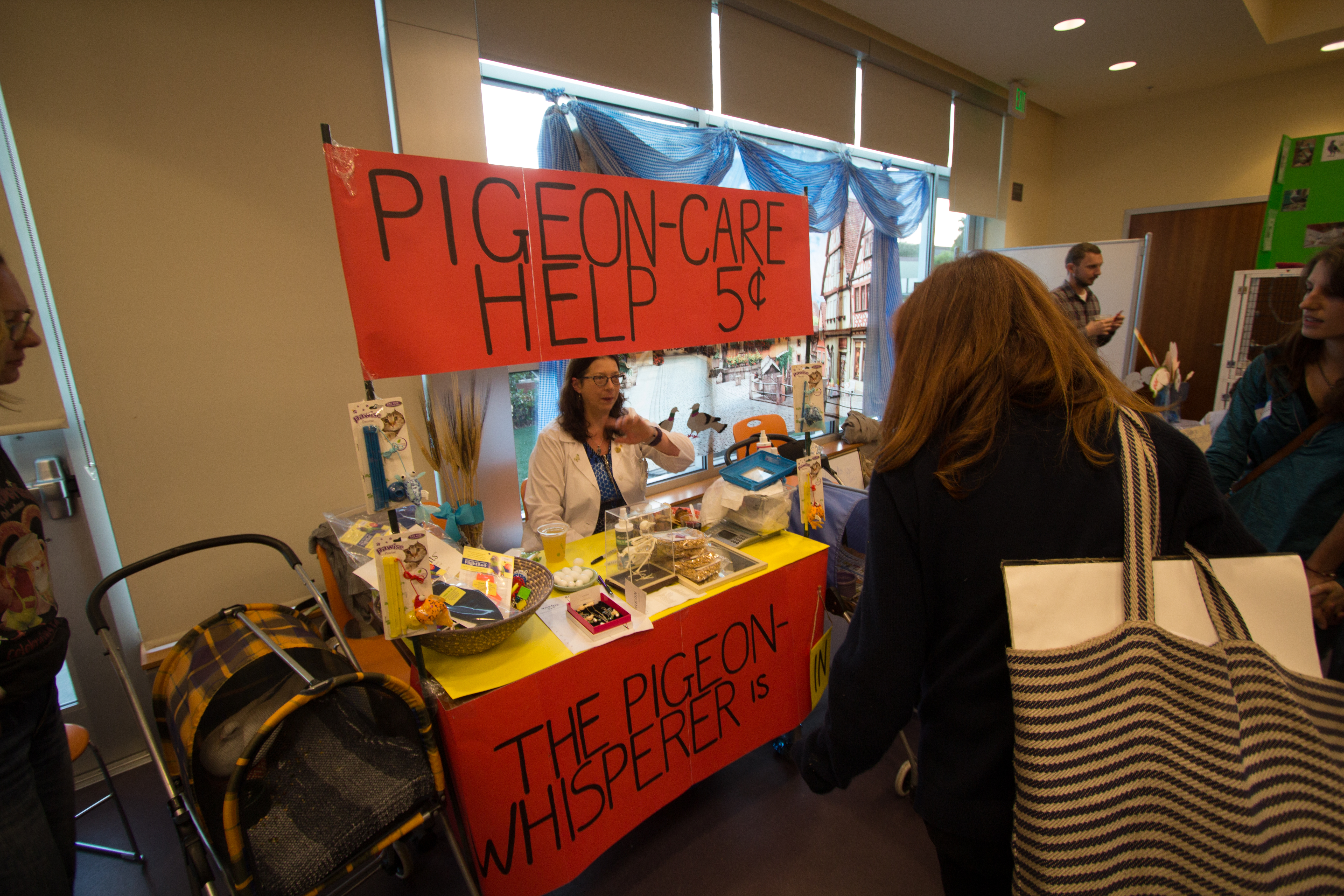
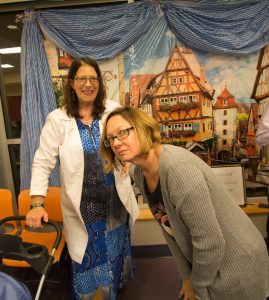
Cheryl & Jill brought also delicious dishes & helped all through the party from set-up through breakdown too!
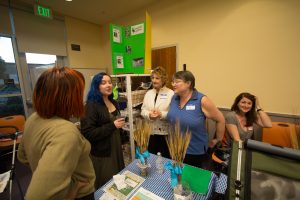
Maria & Peggy representing for Mickaboo & the parrots!

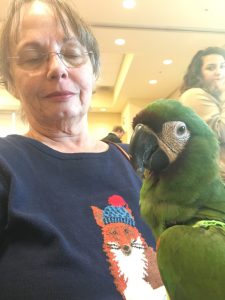
Theresa & Oscar (& Doug) came all the way from Sacramento (& brought more donated treasures)!
We had an abundance of treasures donated and won by many happy winners!
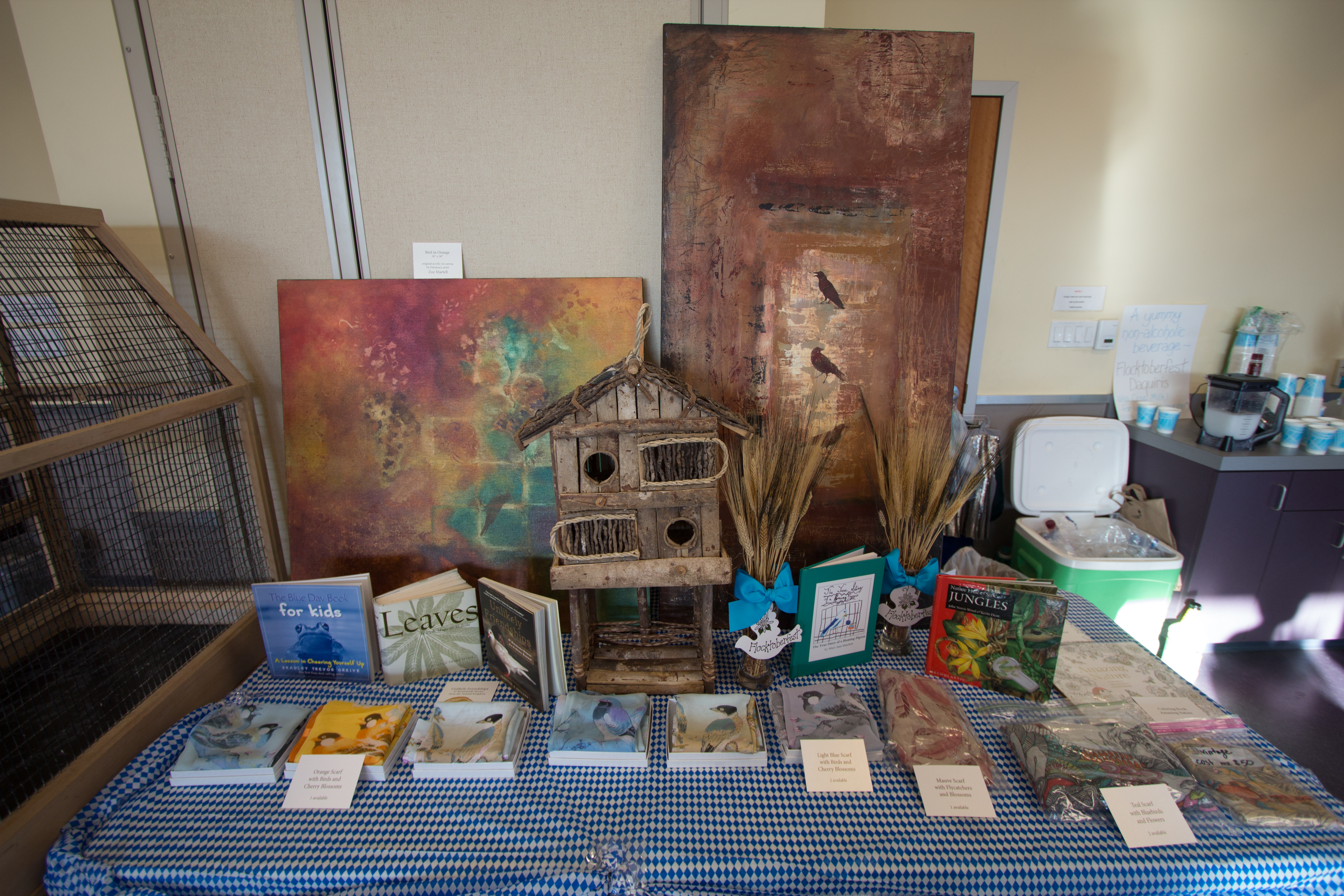
Just a few of the must-have treasures donated by Josette & Zoe
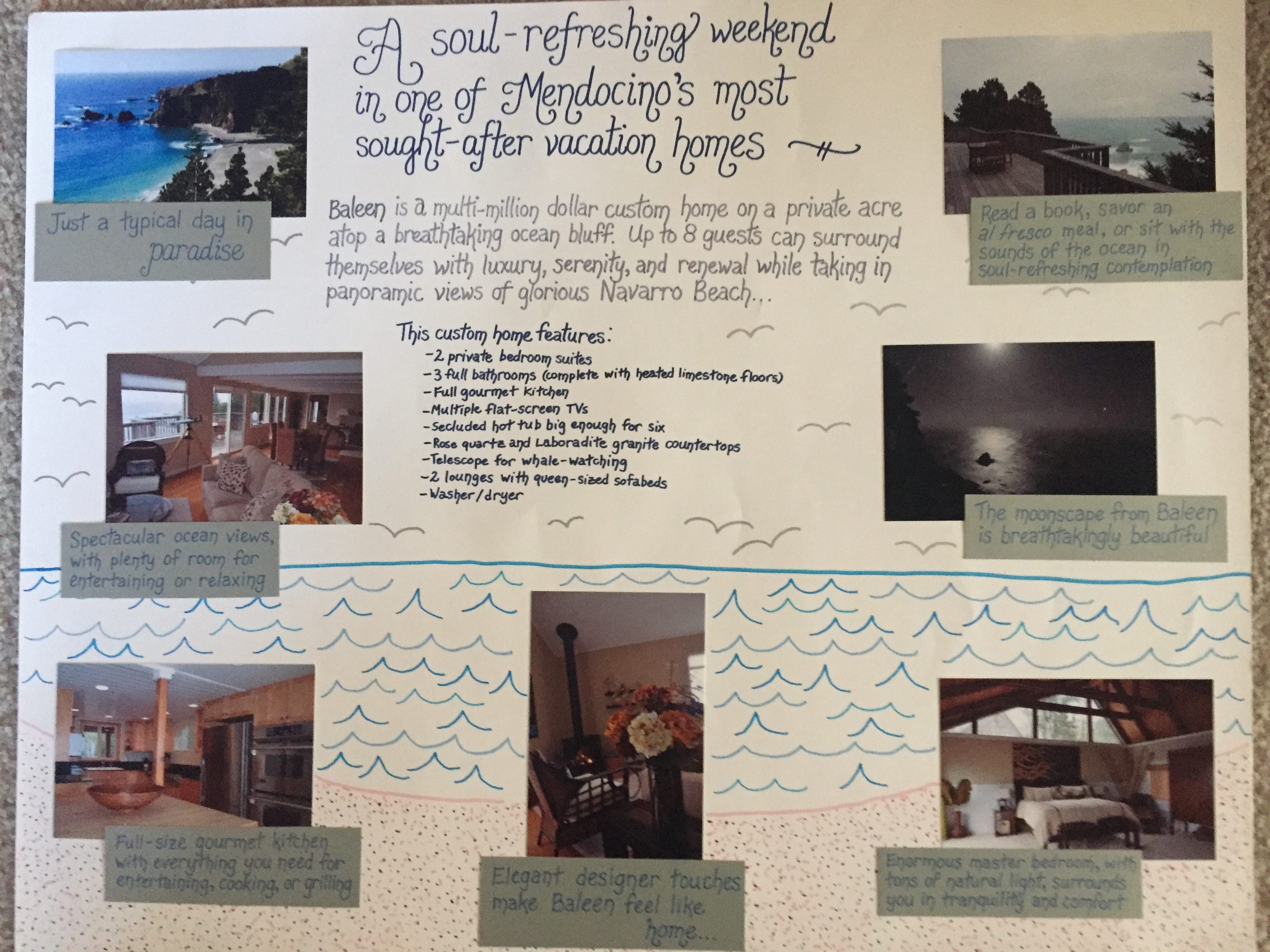
Palomacy supporter Margie Gear donated a weekend at her Mendocino beach house to help the birds! (Available for $800!)
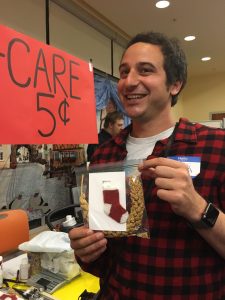
Aria showing off Julie’s hand knit Christmas stockings for pigeons!
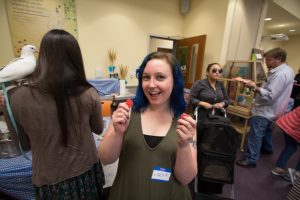
Lara ready to win!
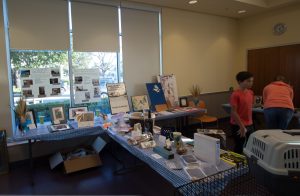
Treasures to help the birds!
Thank you SO much to our generous supporters including Pet Food Express, Drake’s Brewing, The Oakland Zoo, Exploratorium, Ingrid Taylar Studio, Avian Fashions FlightSuits, Creative Bird Toys, Ashley Casteneda Art, Medical Center for Birds, Michelle Wozniak, Margie Gear, Kelly Hensley, Zoe Martell, Cheryl Dickinson, Josette Maury, Cynthia Large, Theresa Tomka and more.





And we had many happy winners!
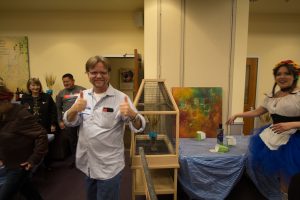
Steve- winner!
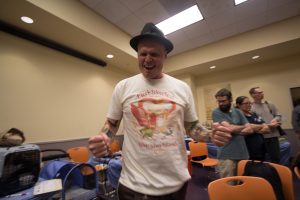
Barna- winning!
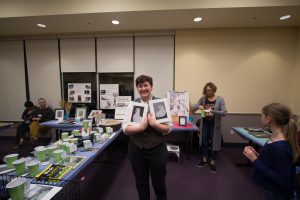
Soren- winner!
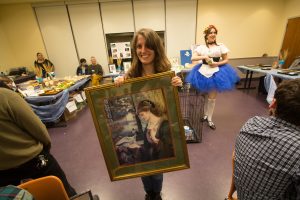
Michelle- winner!
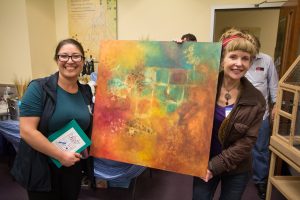
Winner Mariela with artist Zoe Martell
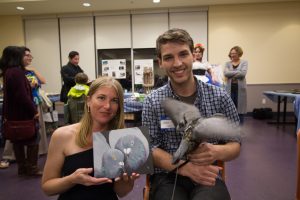
Artist Ashley Dietrich & winner Nathan with Sophia
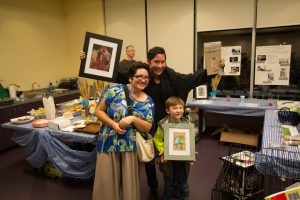
Ashley’s winners!
And we all had a whole bunch of fun being together, sharing our stories and loving our birds.
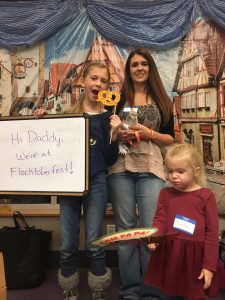
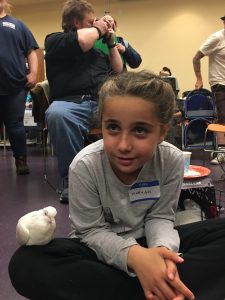
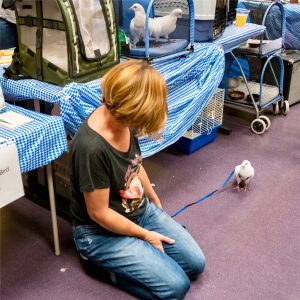
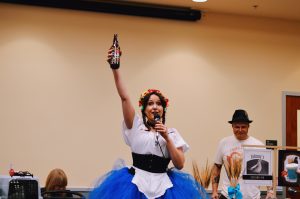
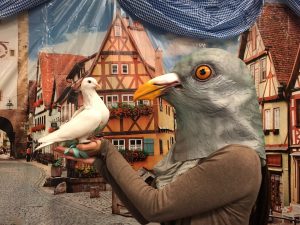
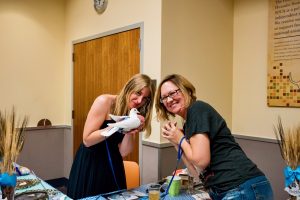
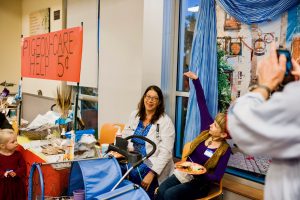
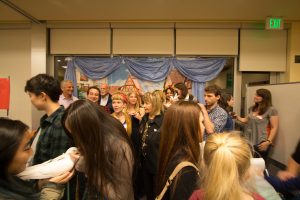
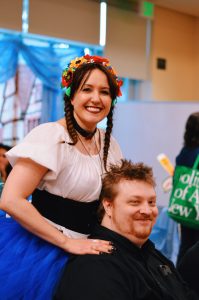
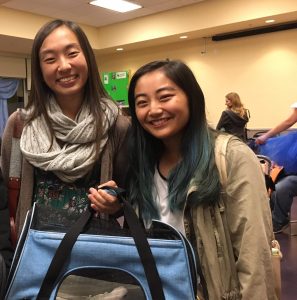
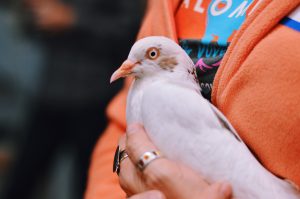
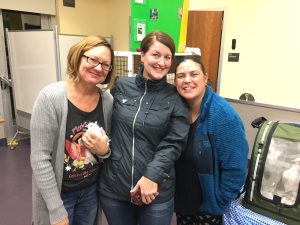
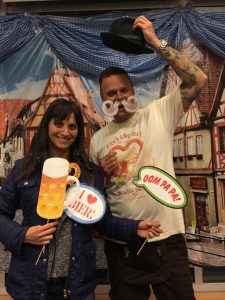
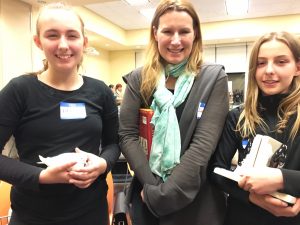
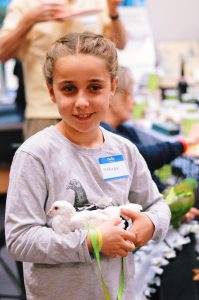
Special thanks to our photographers- Ryan C. Reed, Cynthia Zhou & Aria Jalali!
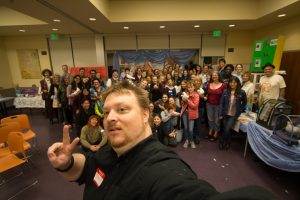
Ryan’s flock selfie!
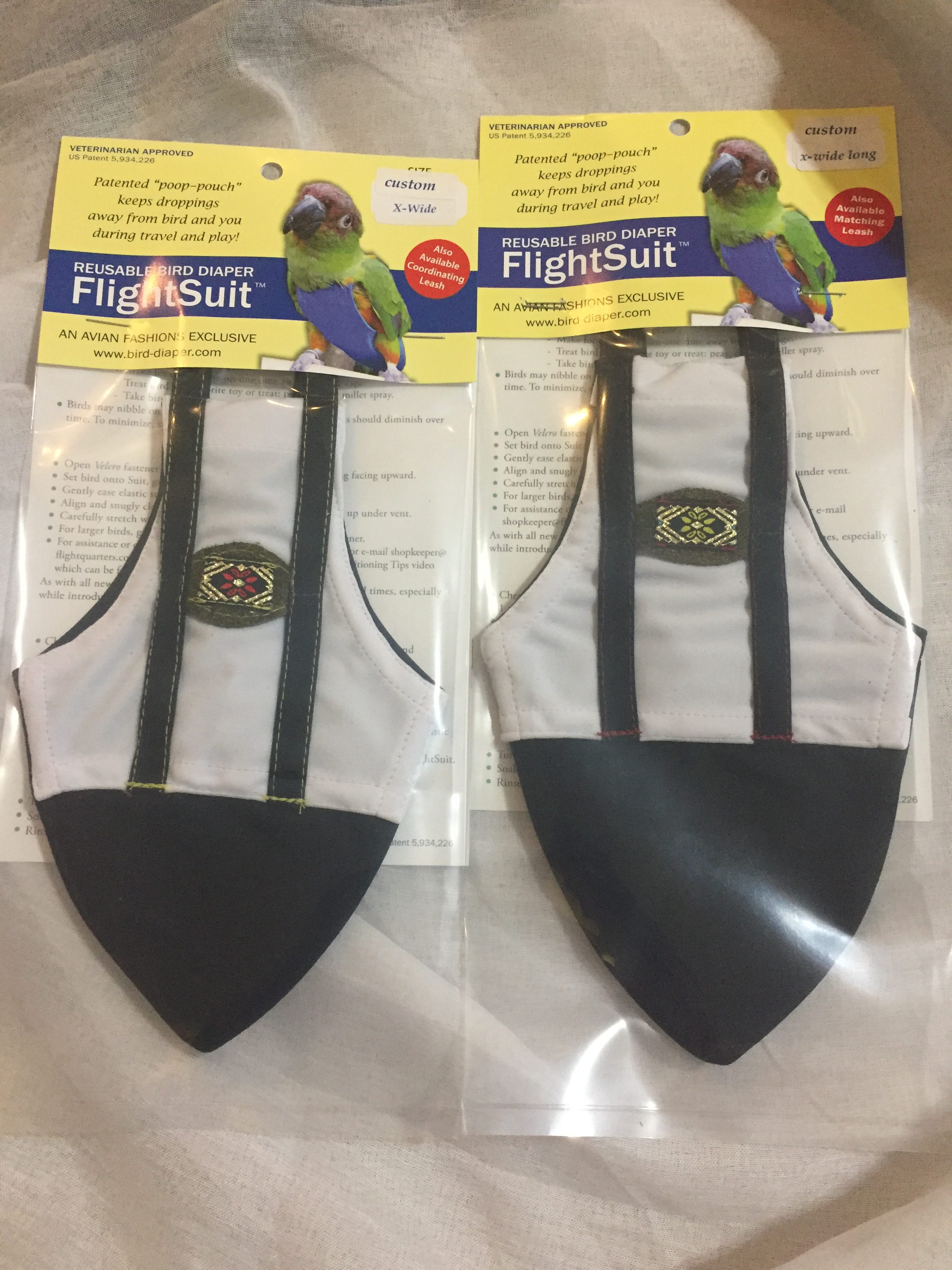
Would you believe we FORGOT to use our custom made Lederhosen pigeon pants?!
Thank you, thank you, thank you to everyone for supporting us in so many ways. We raised $1830 to help the birds and we wowed ourselves with the beauty and strength of the community we are creating to help these most lovely and now better served birds. THANK YOU!!!
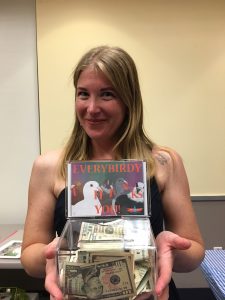
Watch the video (courtesy of Ryan C. Reed) & slide show below & don’t miss the inside scoop from Stefaney in Six Pigeons & a MinnieWinnie!

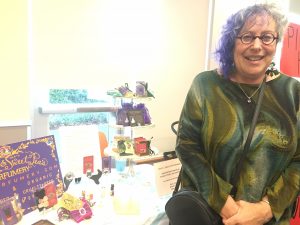
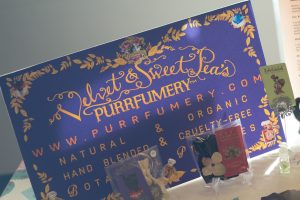
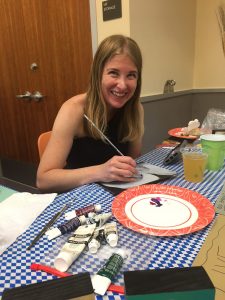
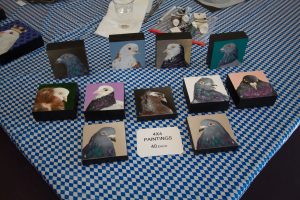
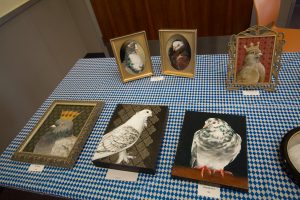
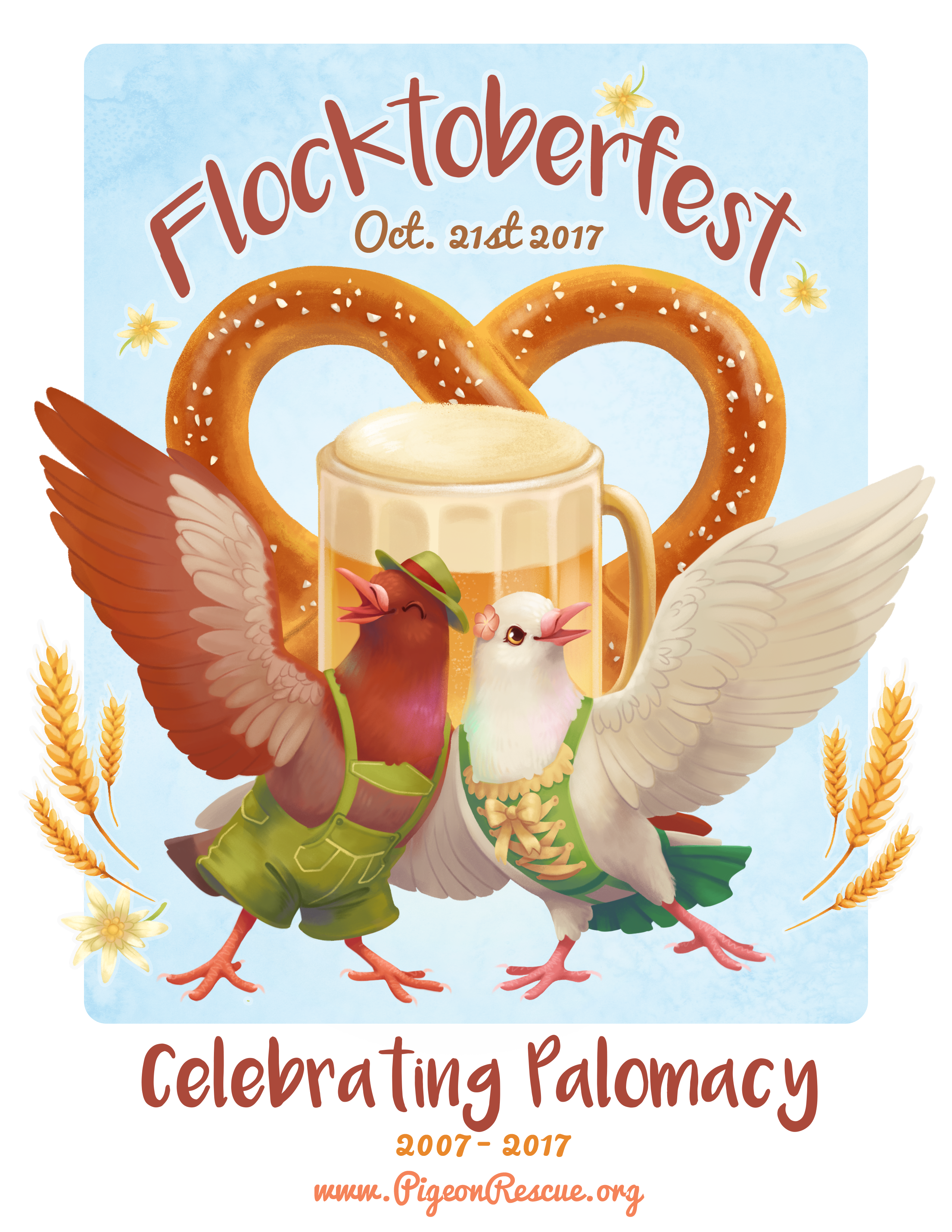
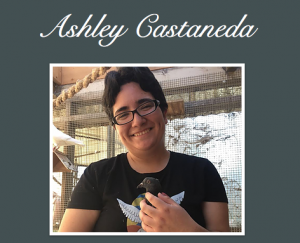
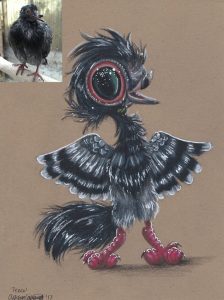





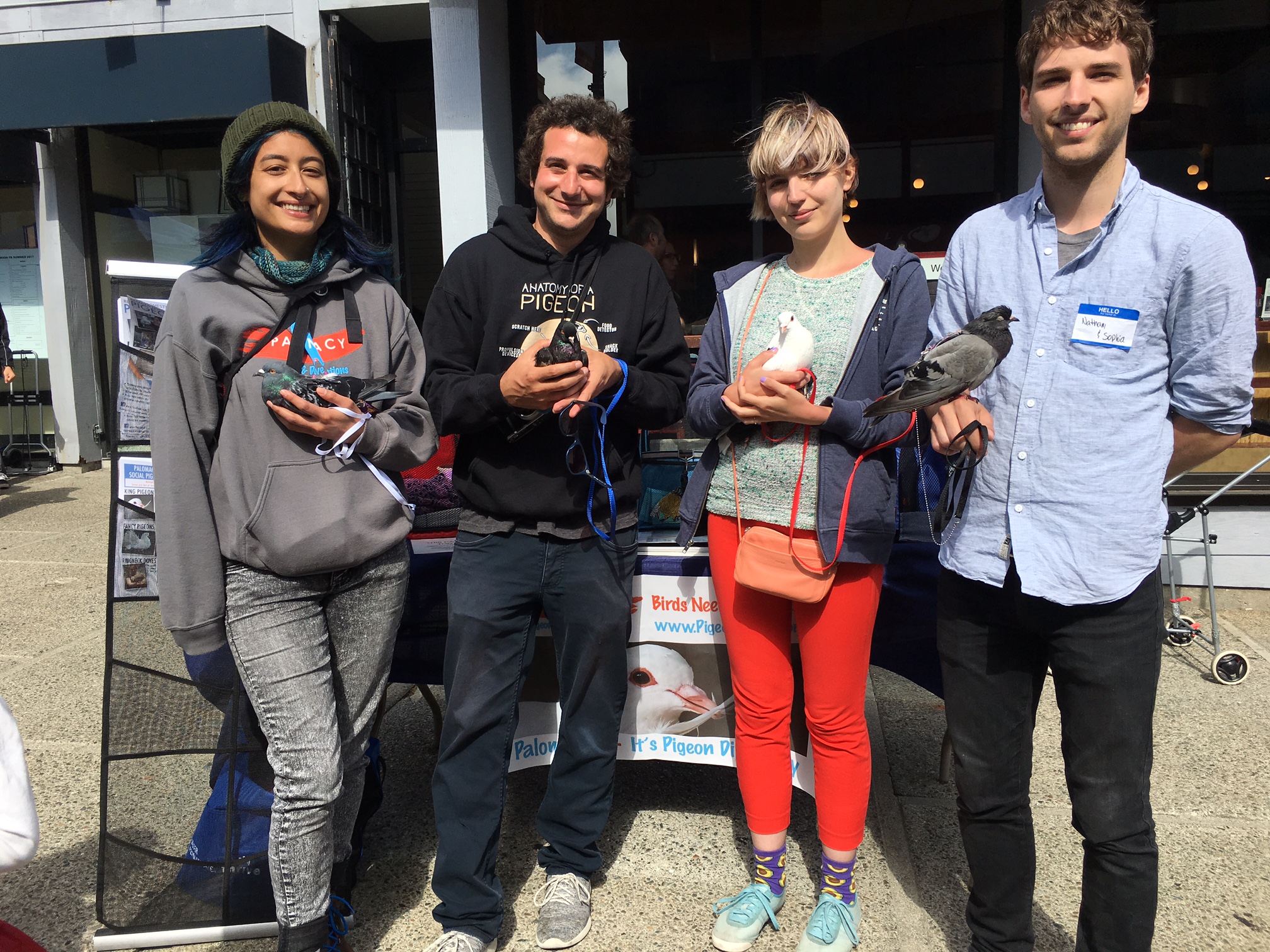
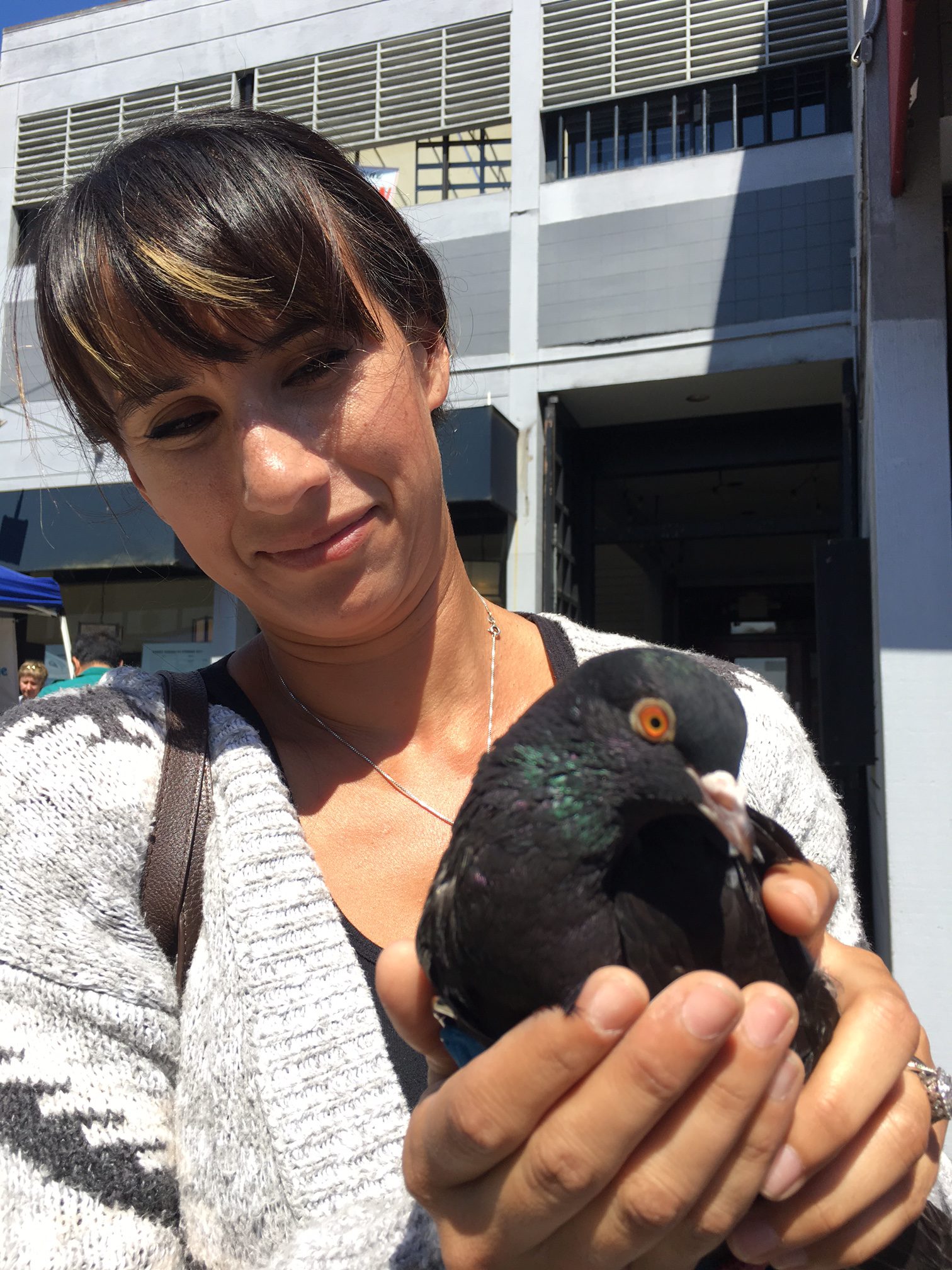
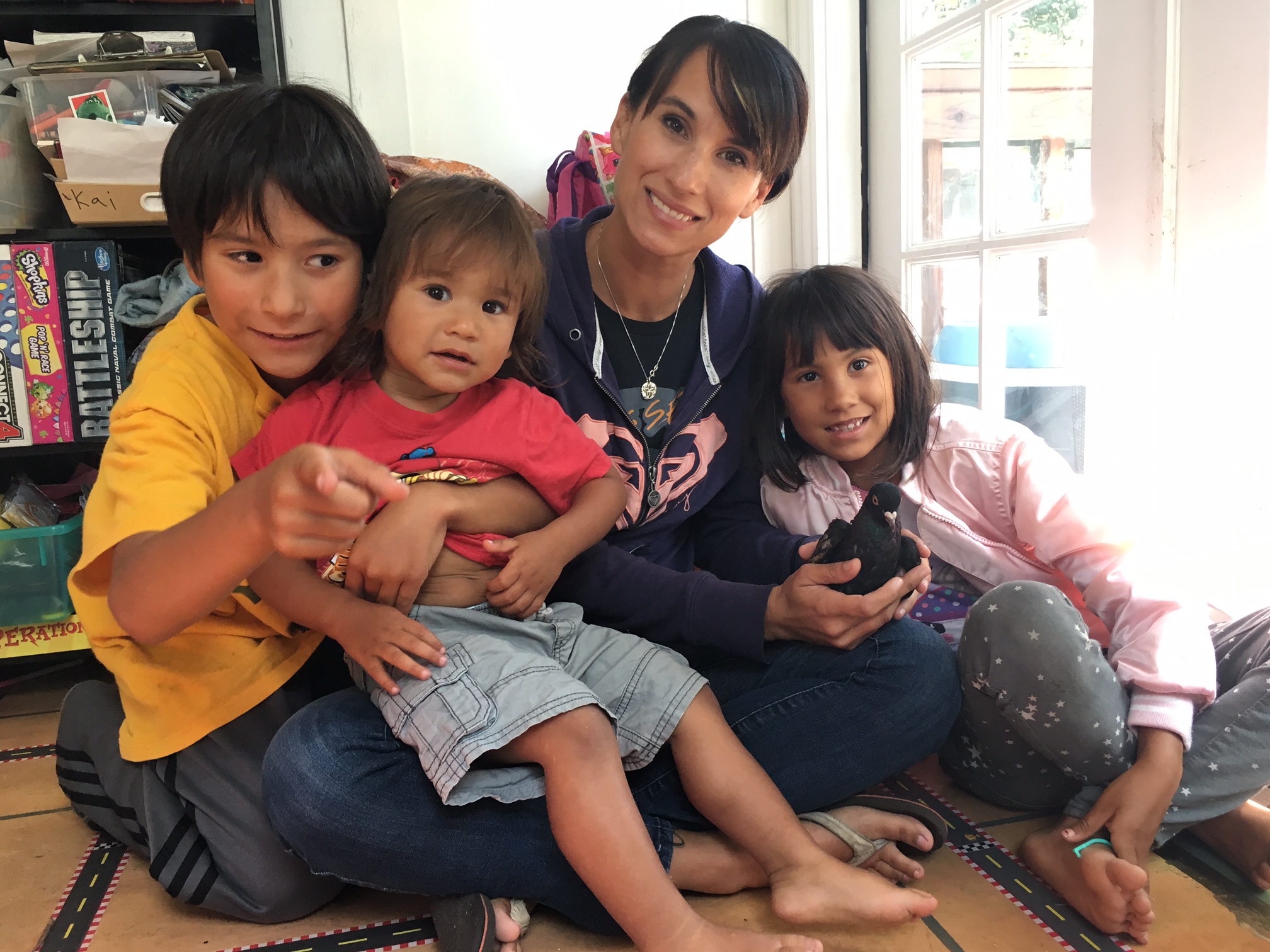
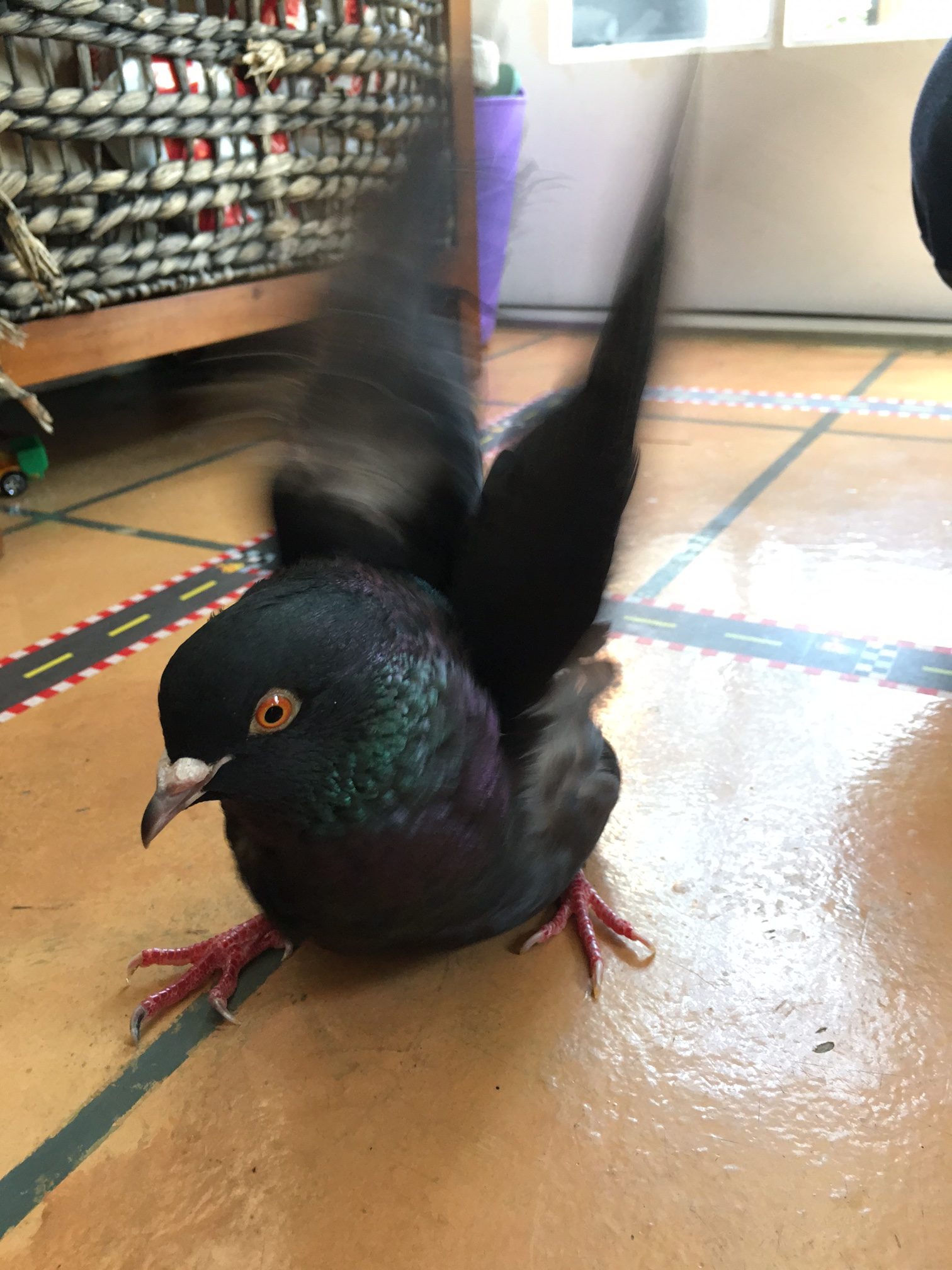
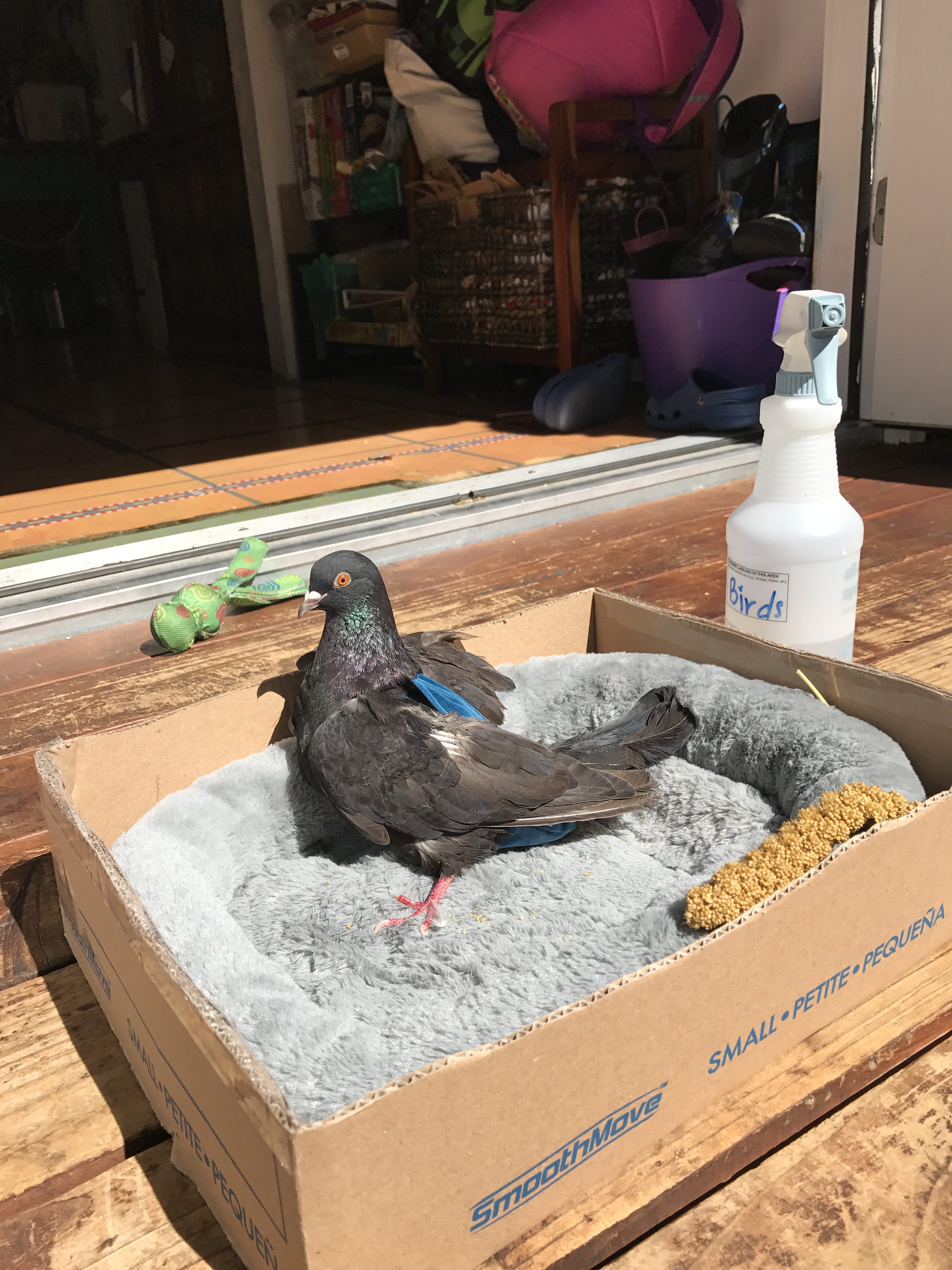

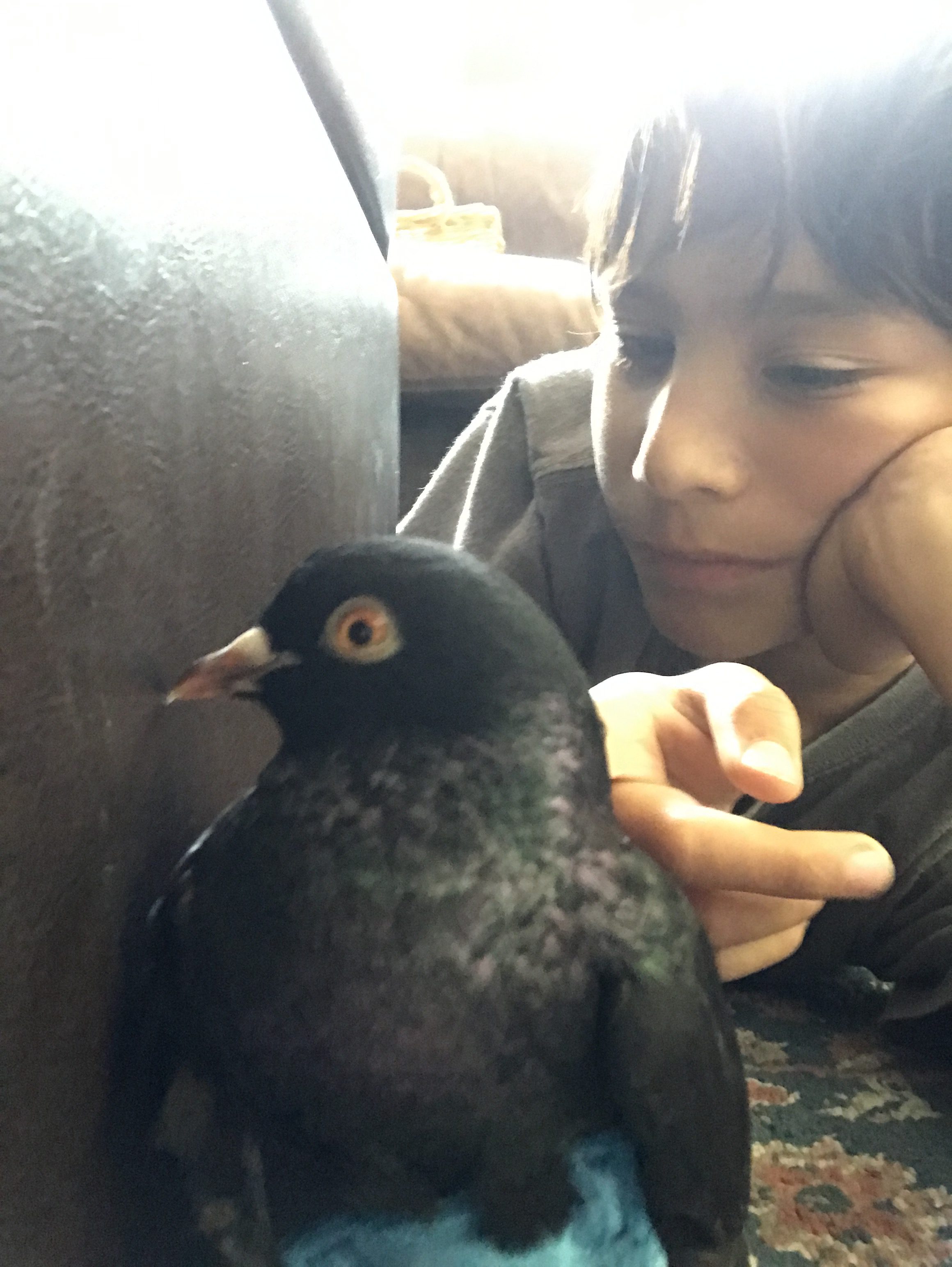
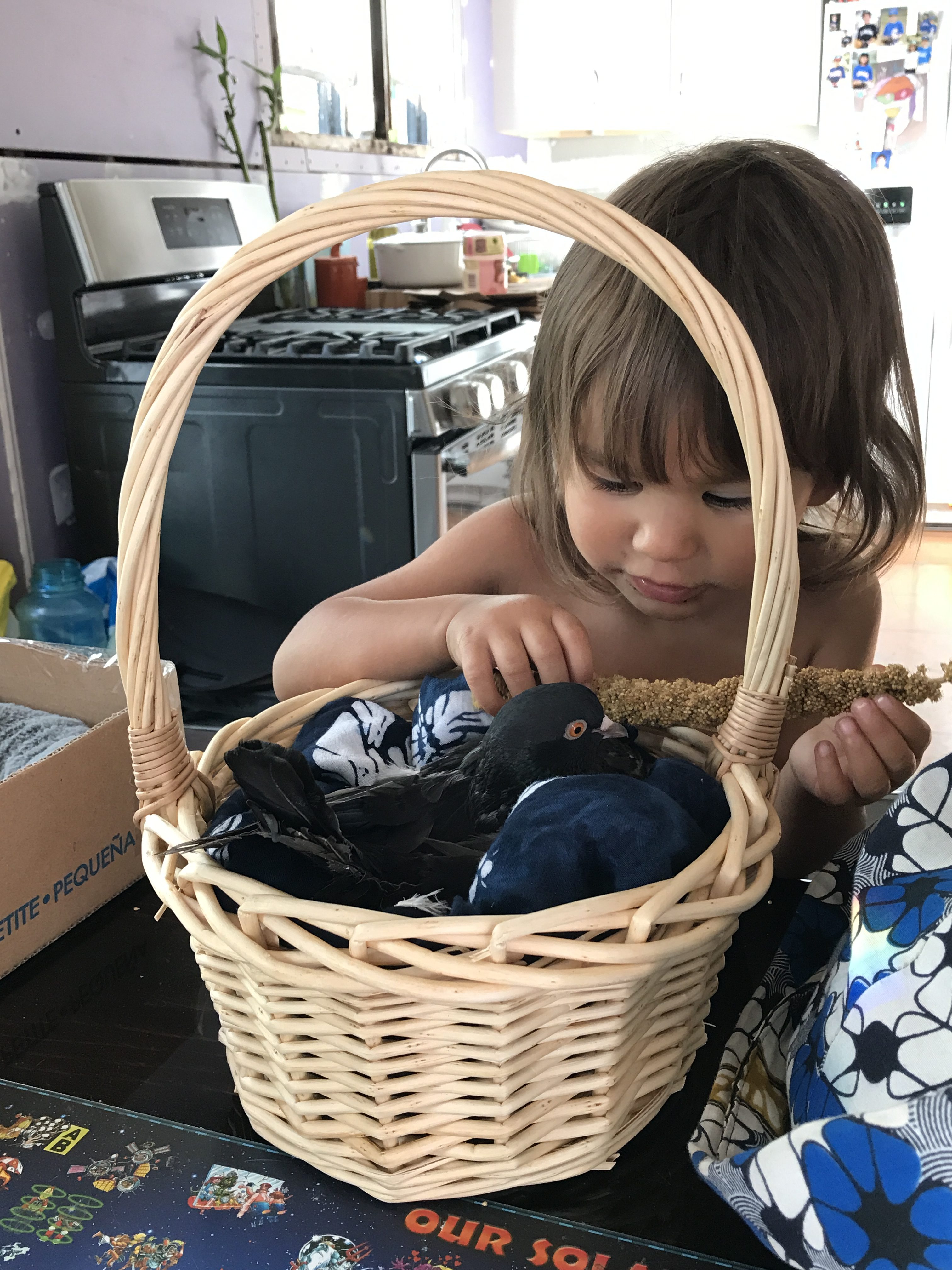

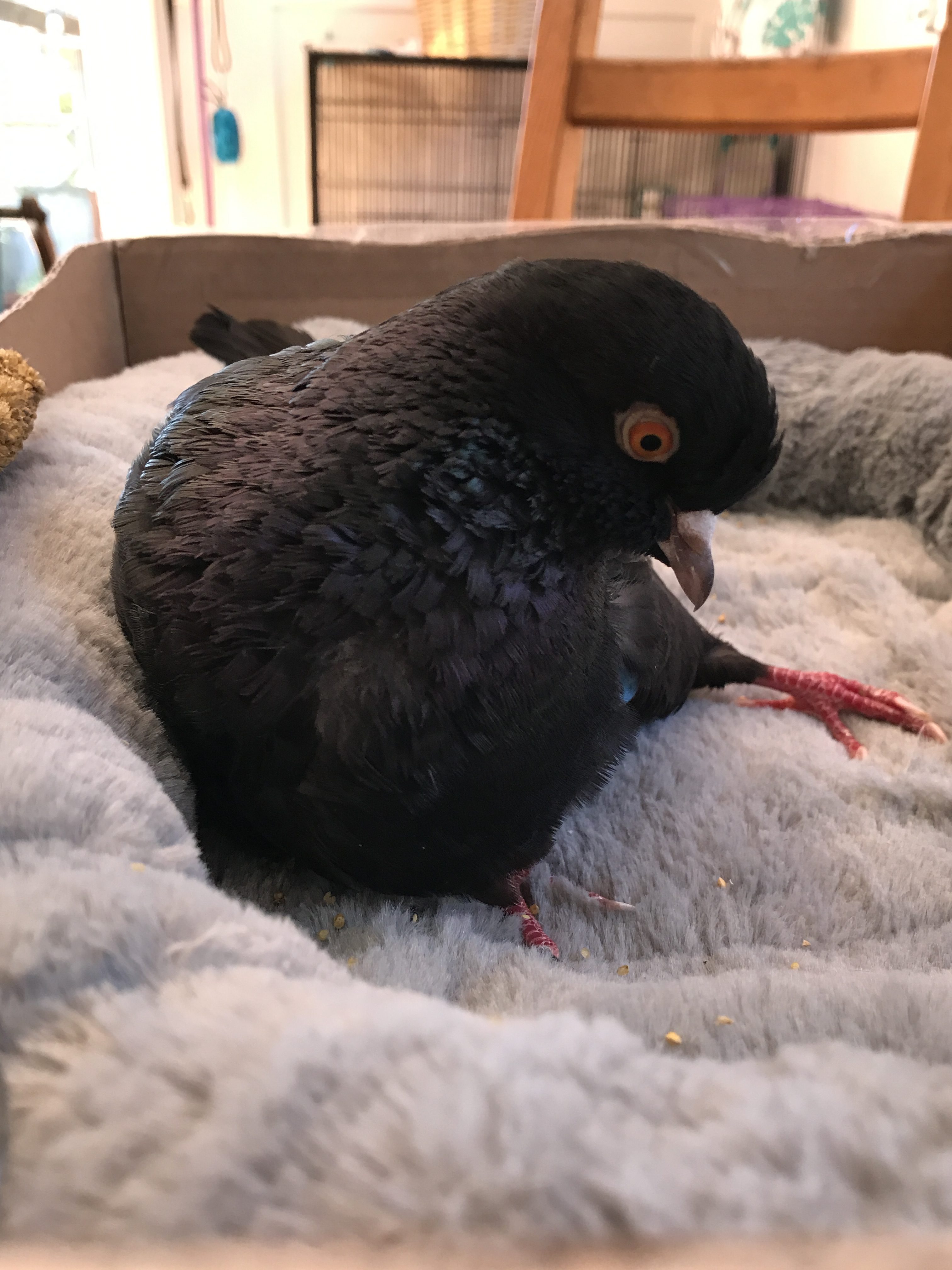
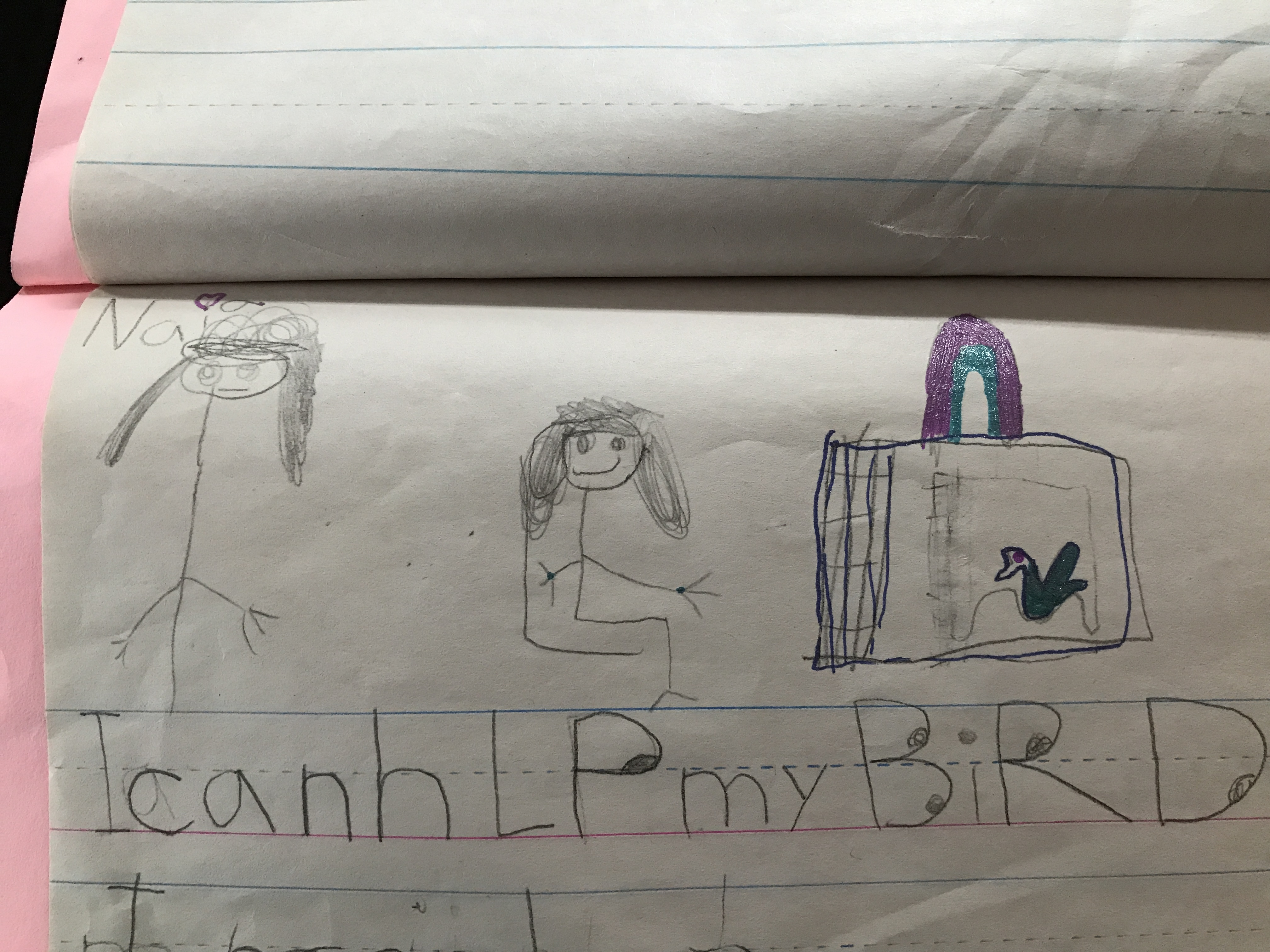
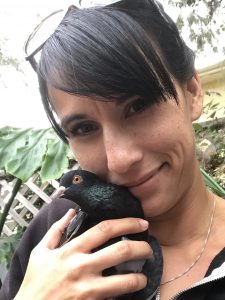
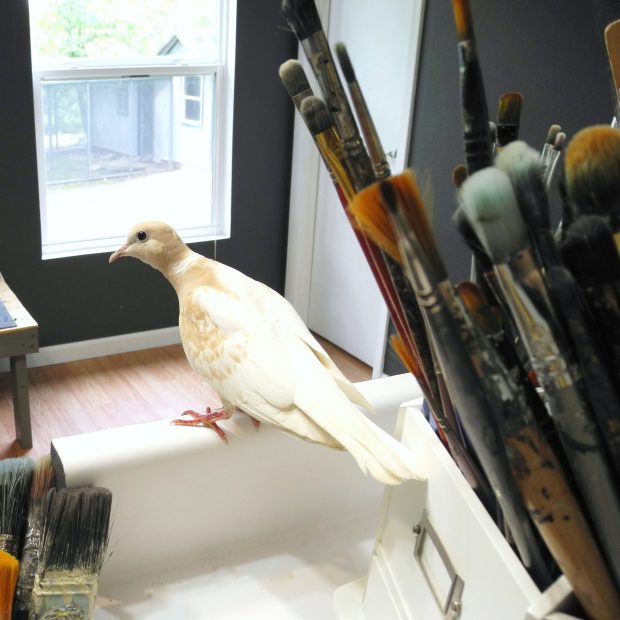
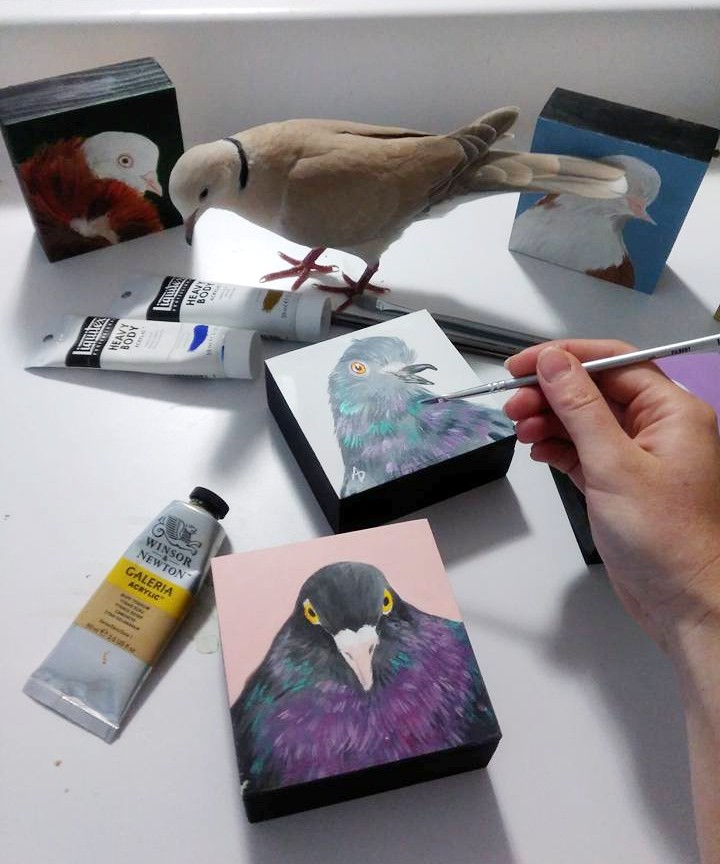
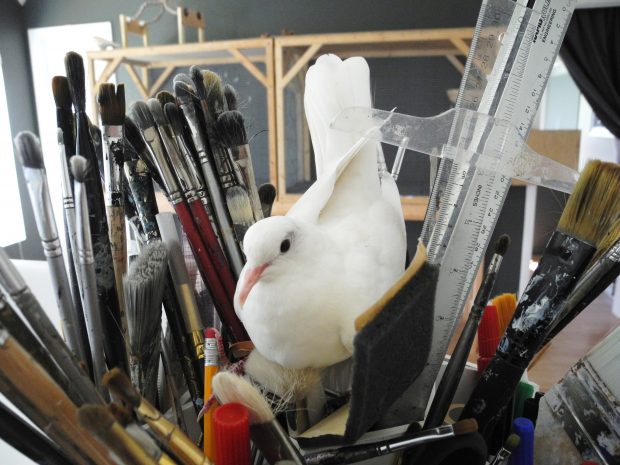
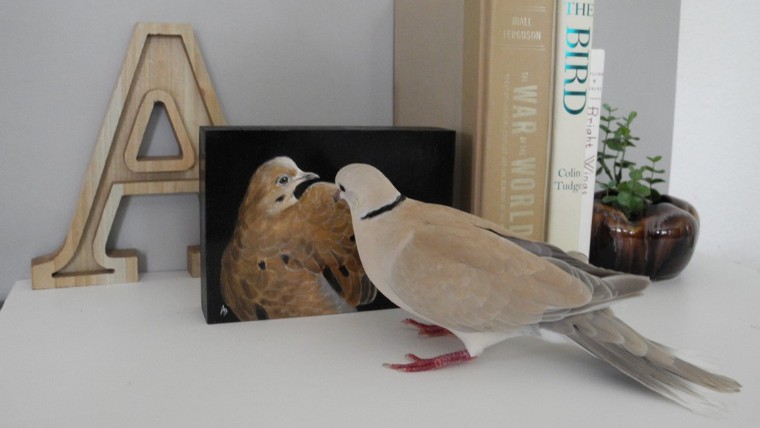
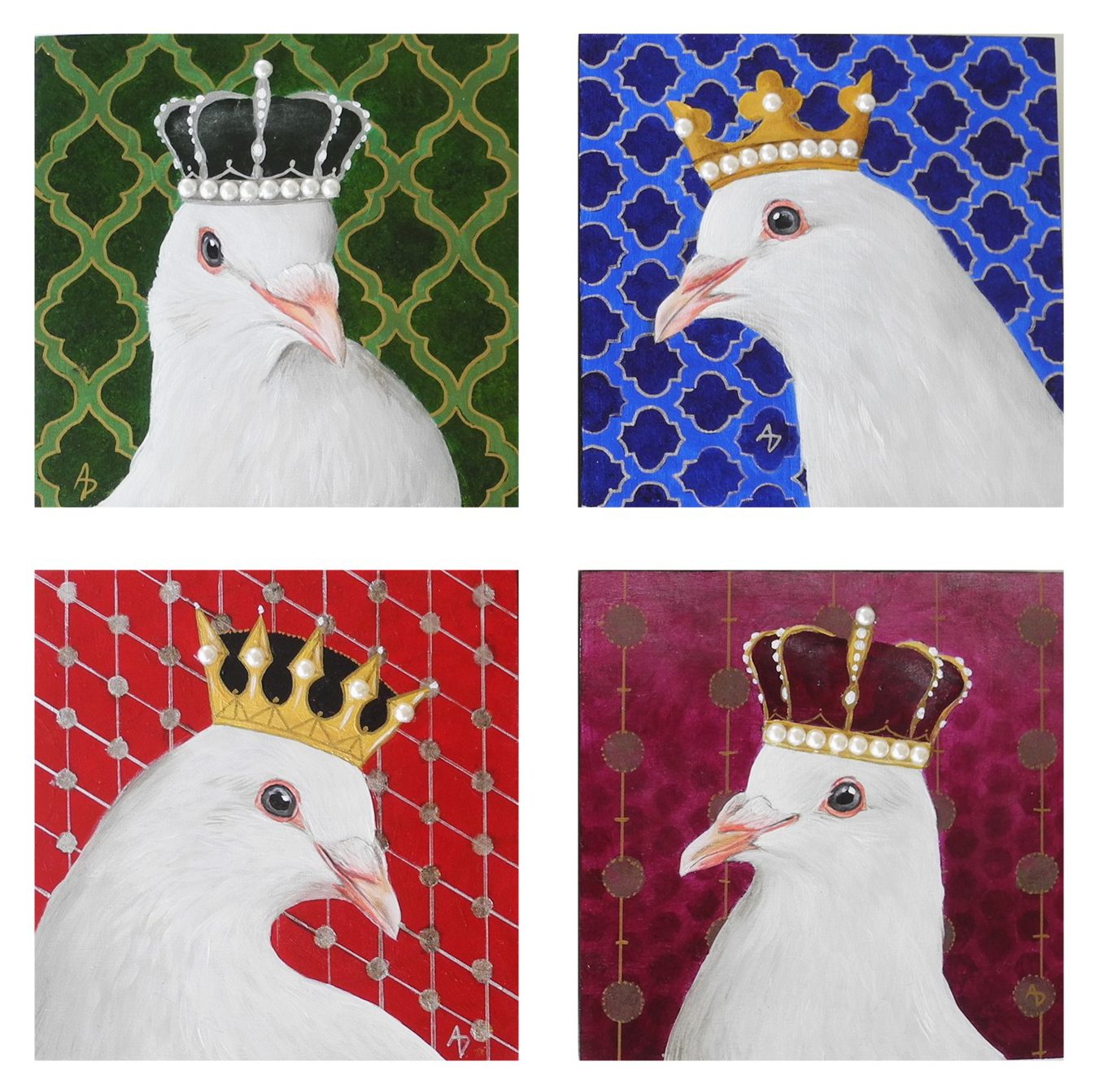
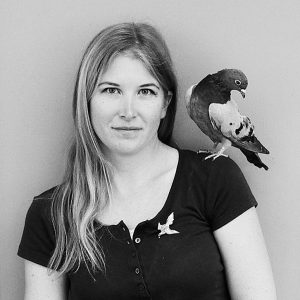 About the Artist Ashley Dietrich
About the Artist Ashley Dietrich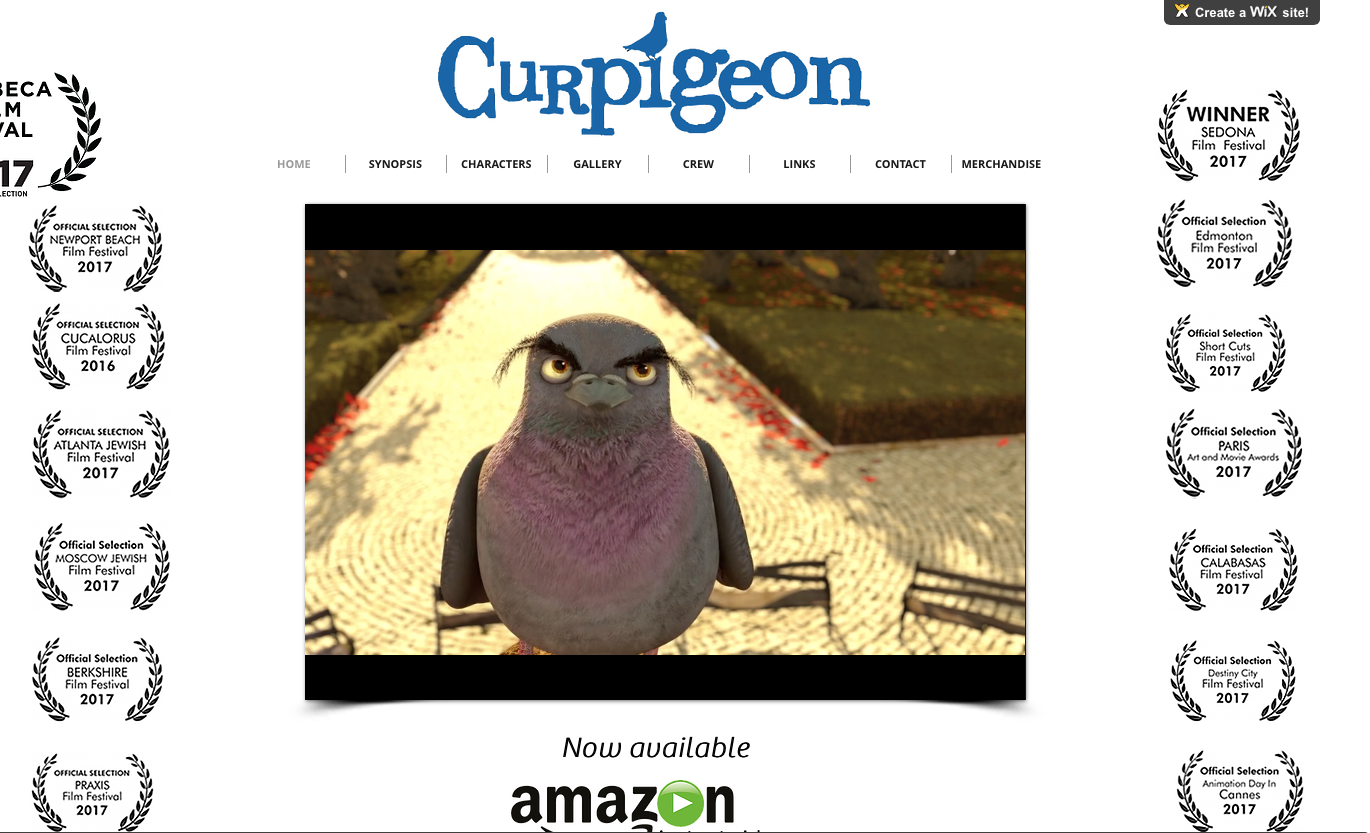
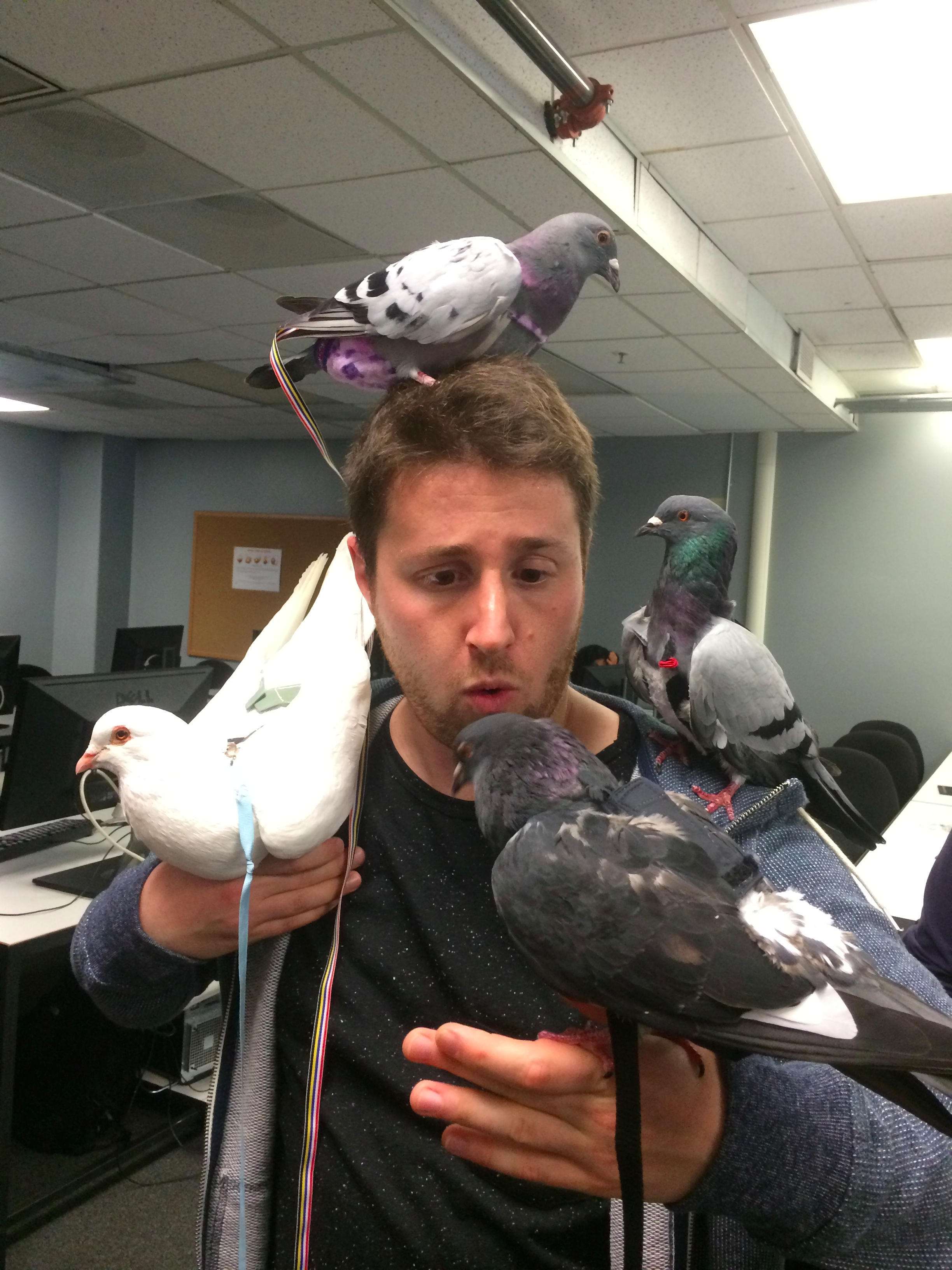

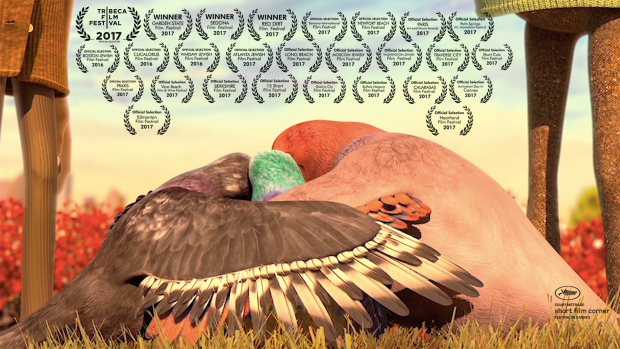
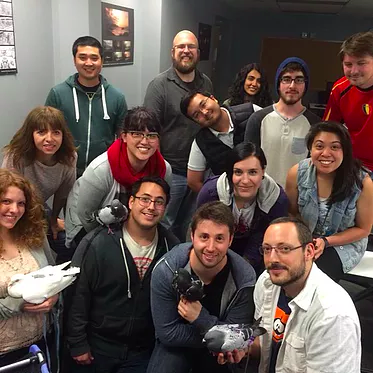
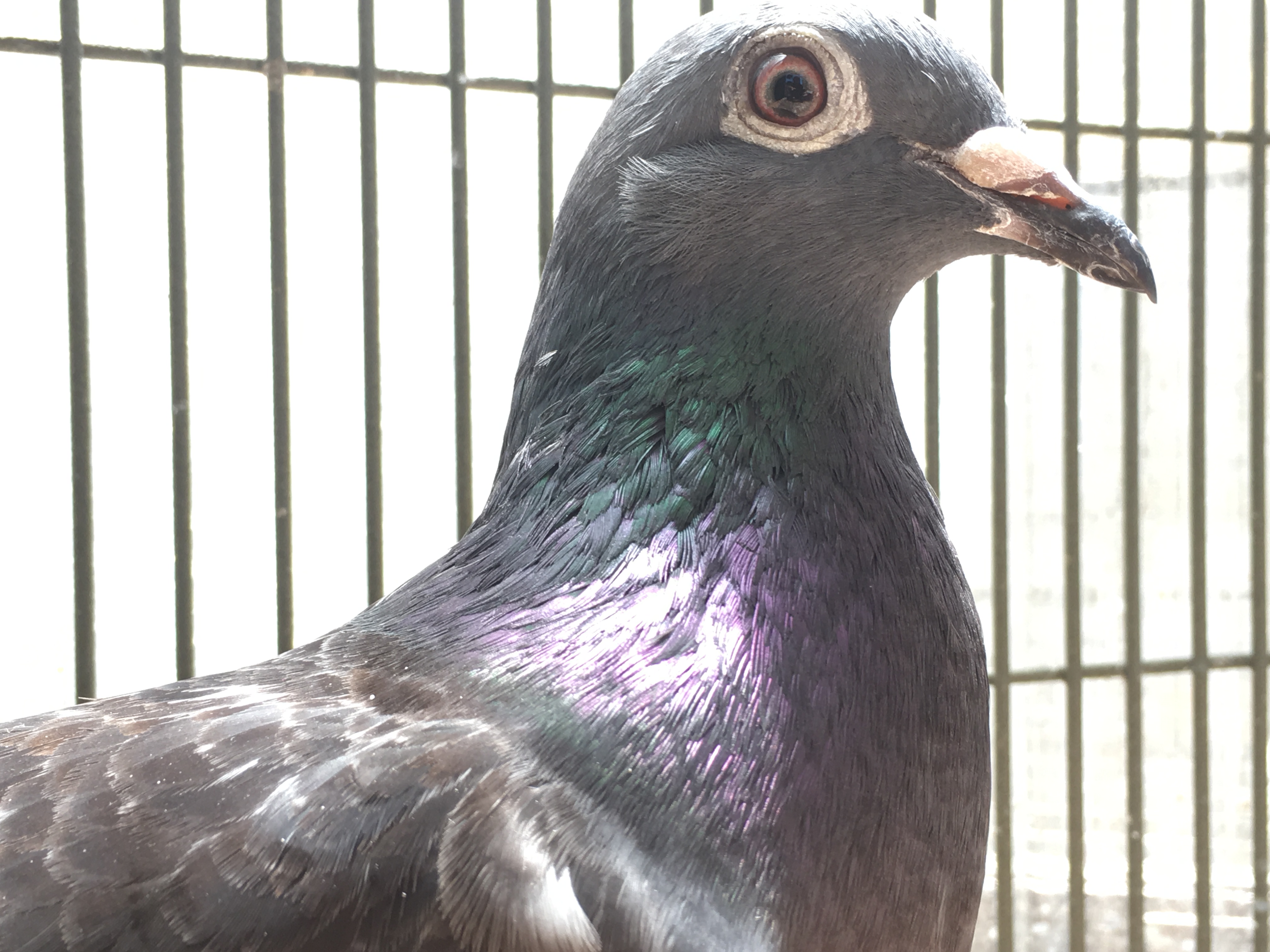
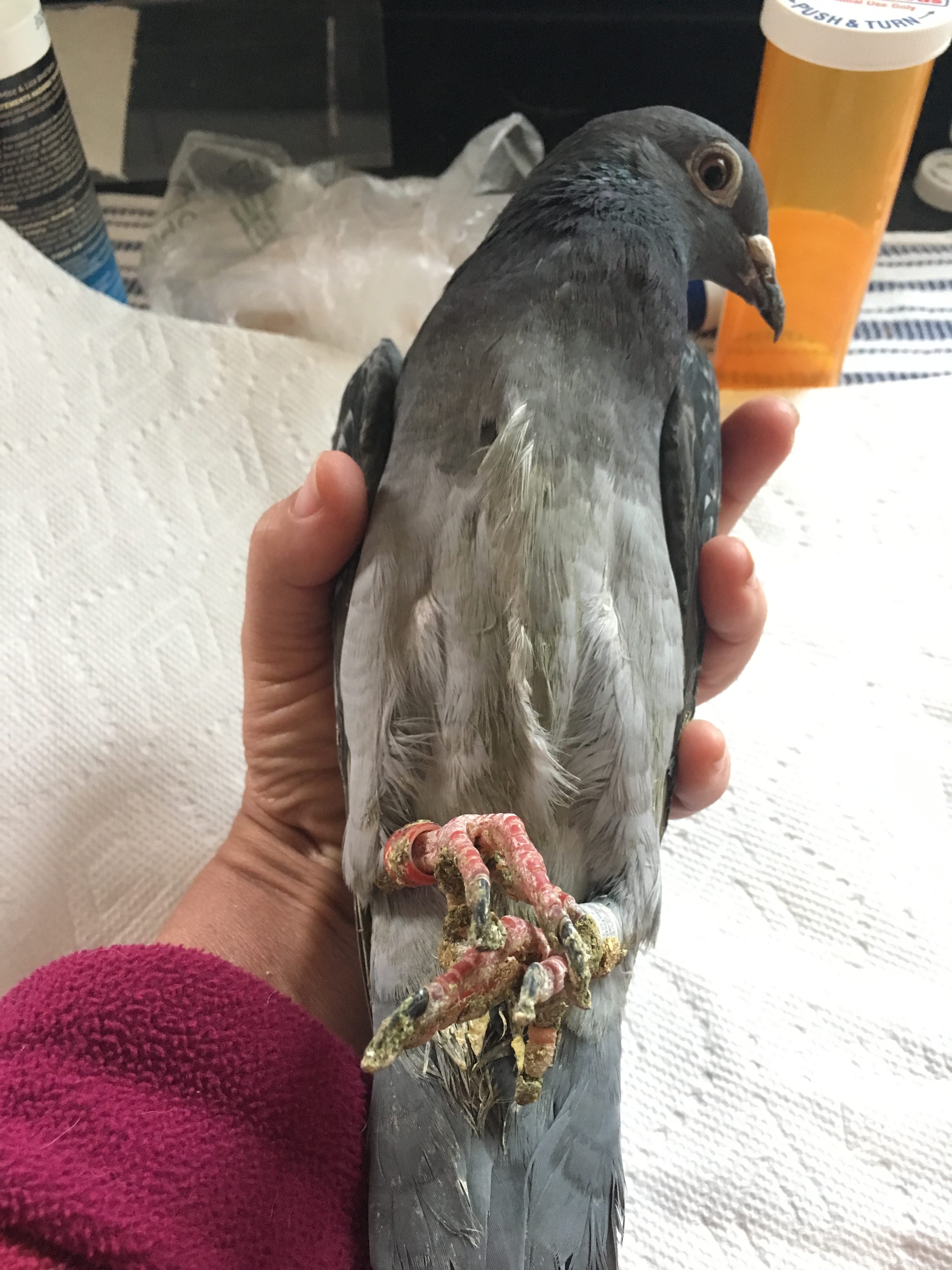
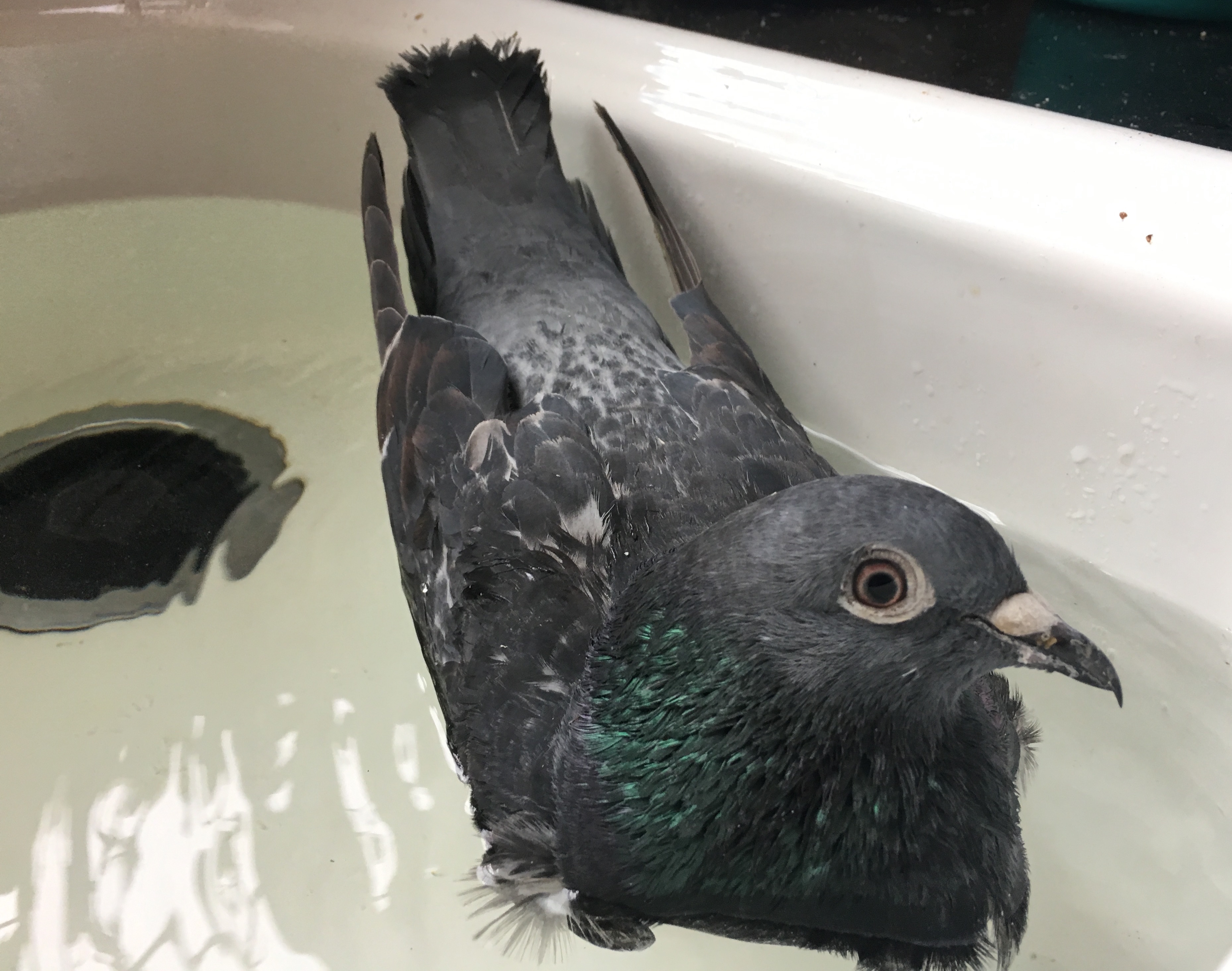
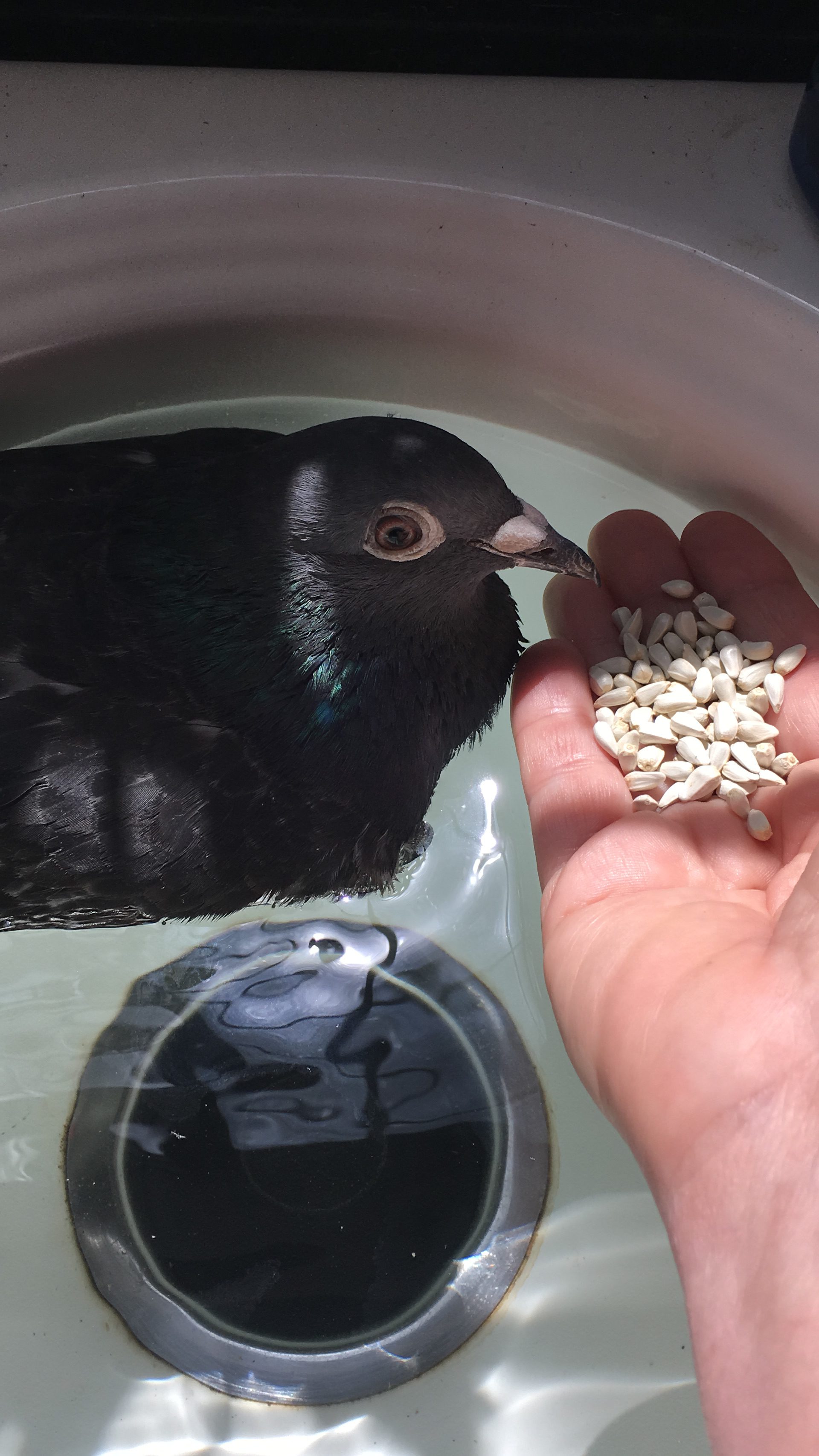
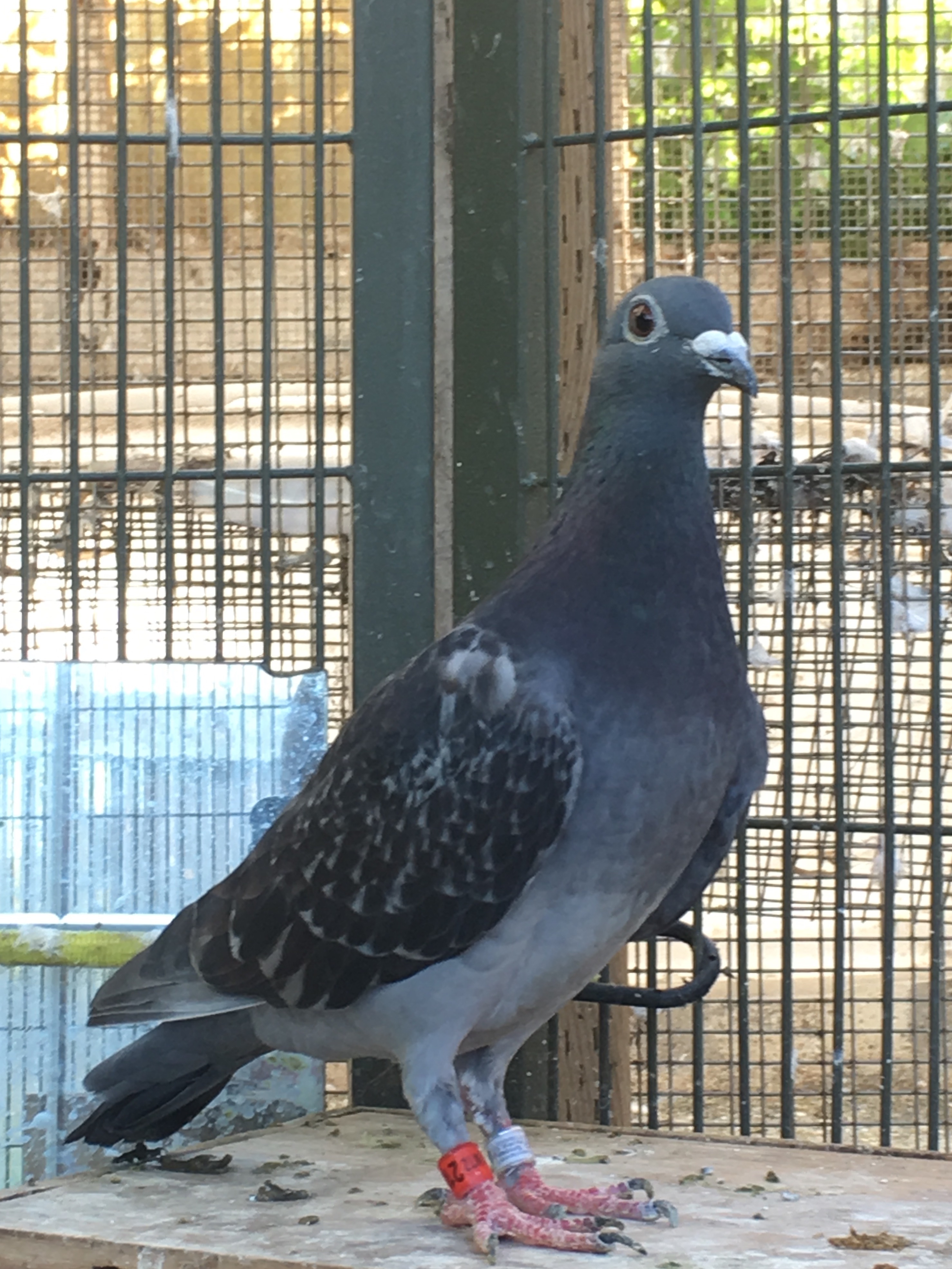
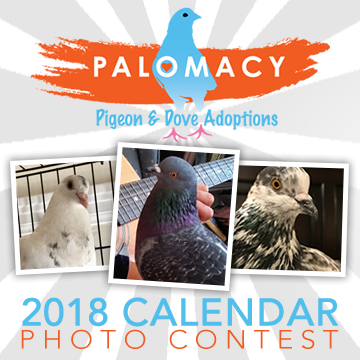

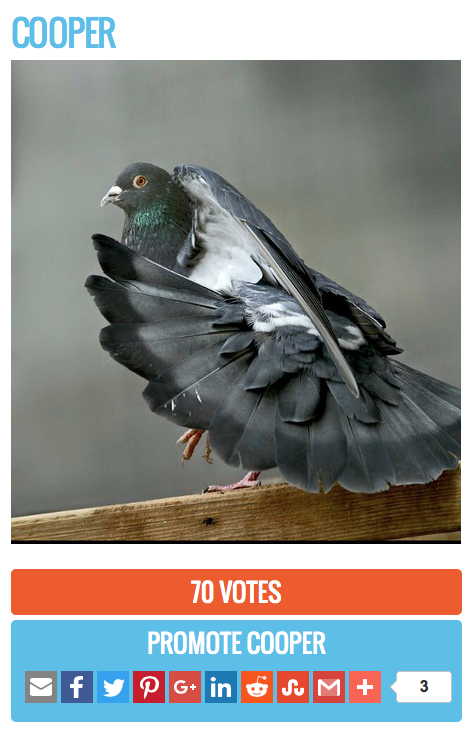
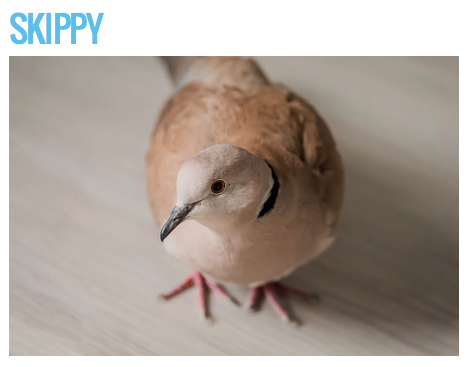
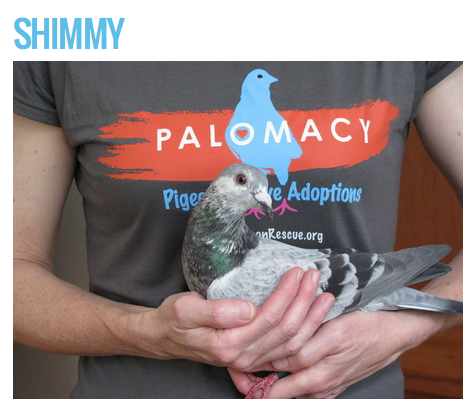
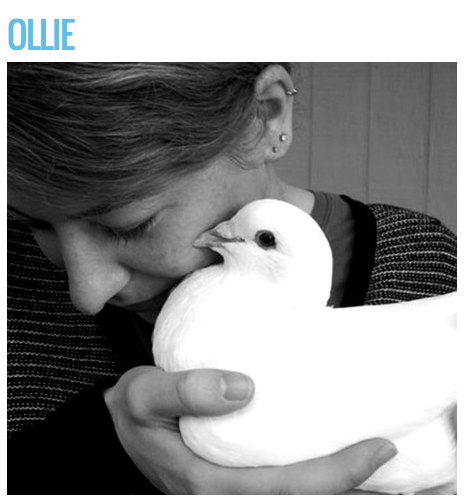
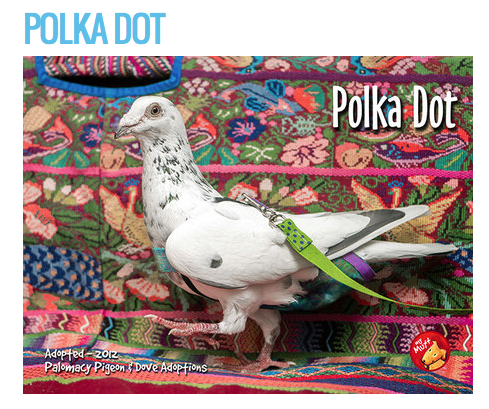
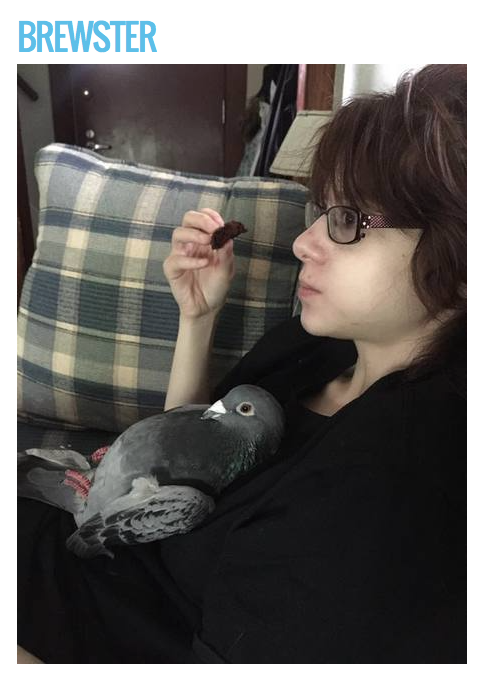
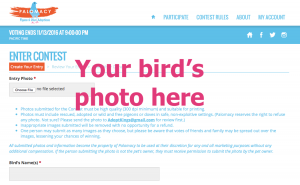
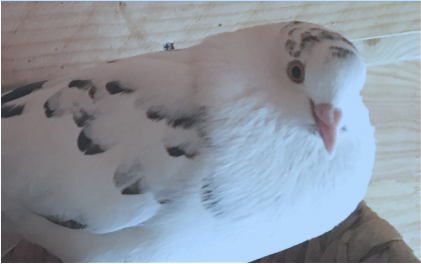
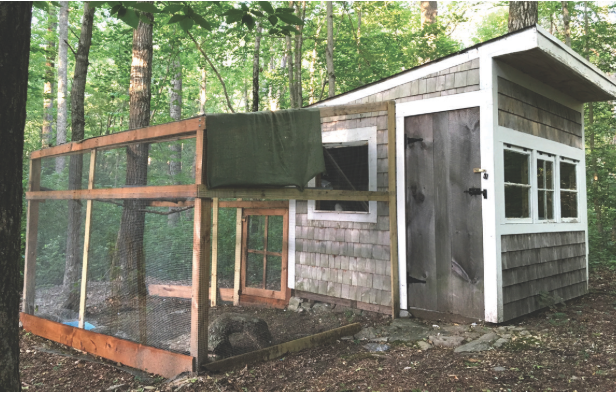

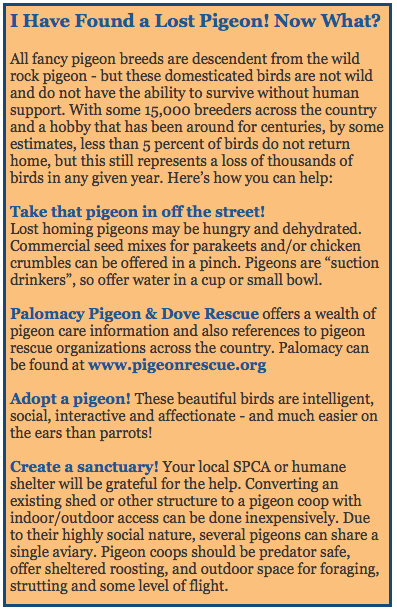
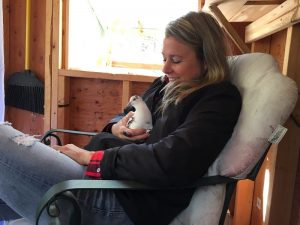 Michele Nash: After exiting stage left from the workaday world over a year ago, I have suddenly found myself with that very precious commodity…TIME. I am now happily able to devote myself to the causes that had tugged at my heart strings for years. The more involved I’ve become caring for different species, as well as our own, the more I’ve realized that loneliness, and thus neglect, is a pervasive condition shared amongst all. It is this condition which inspires me every day to get out the door and spend as much time as I can to alleviate it for as many as I can come in contact with. I’ve never been happier, the rewards have never been greater, and the people and animals I’ve met never more inspirational..
Michele Nash: After exiting stage left from the workaday world over a year ago, I have suddenly found myself with that very precious commodity…TIME. I am now happily able to devote myself to the causes that had tugged at my heart strings for years. The more involved I’ve become caring for different species, as well as our own, the more I’ve realized that loneliness, and thus neglect, is a pervasive condition shared amongst all. It is this condition which inspires me every day to get out the door and spend as much time as I can to alleviate it for as many as I can come in contact with. I’ve never been happier, the rewards have never been greater, and the people and animals I’ve met never more inspirational..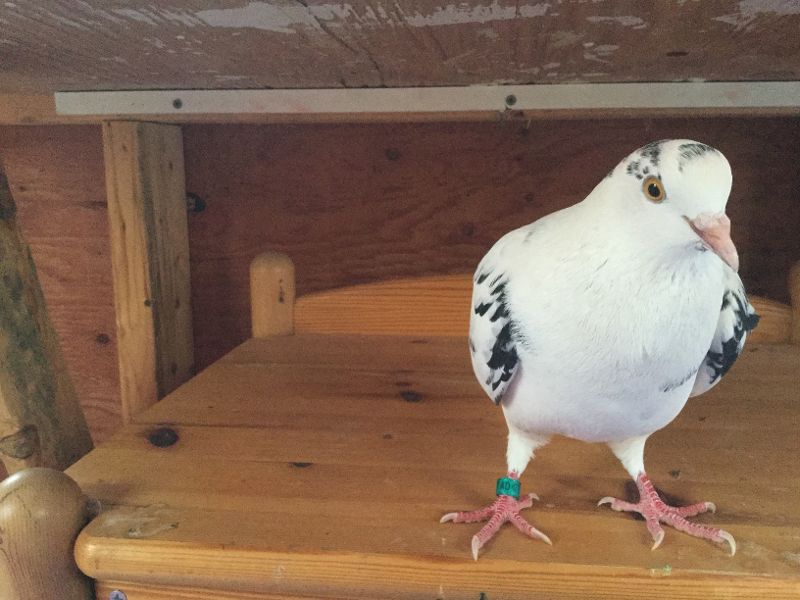
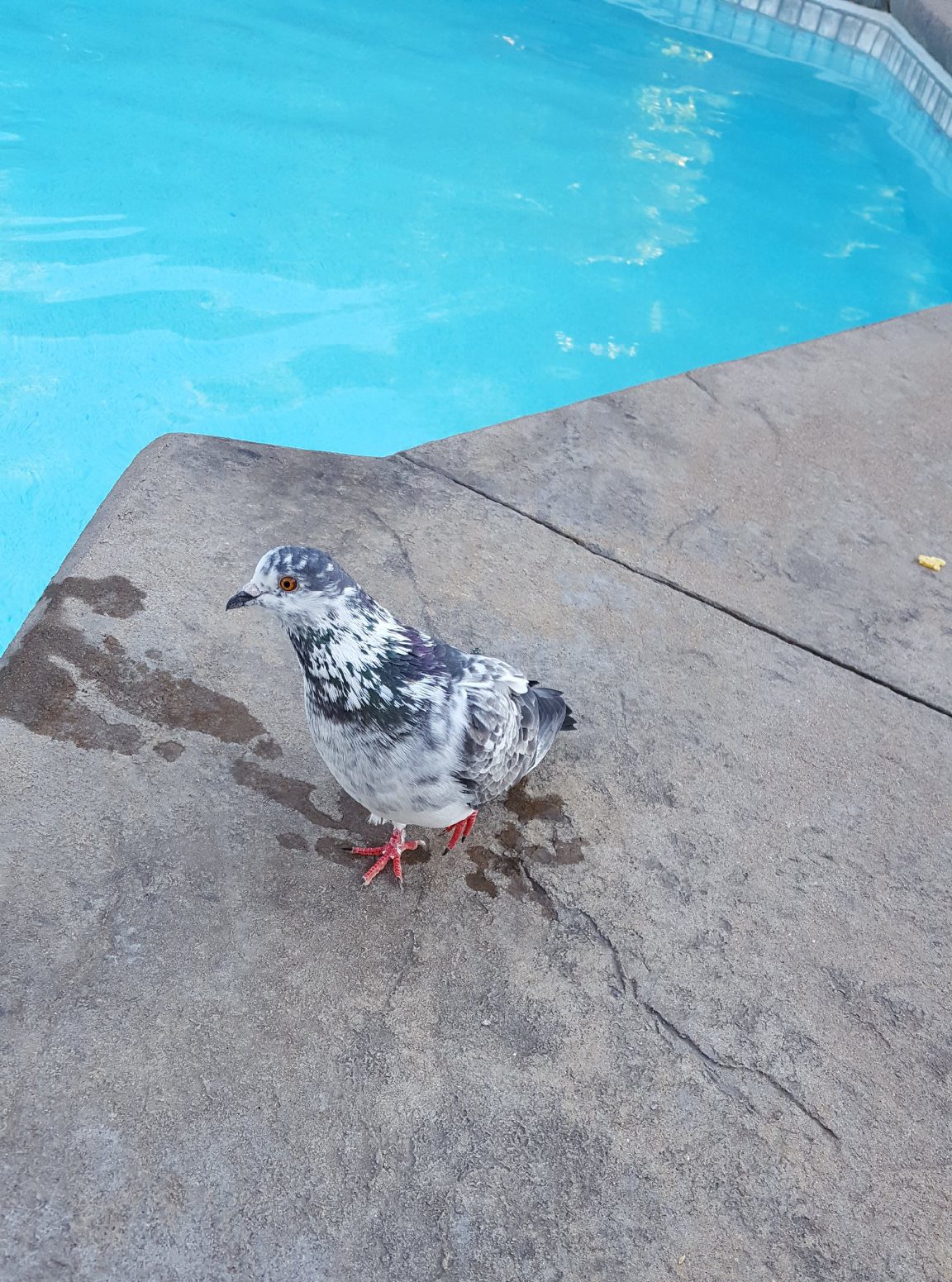
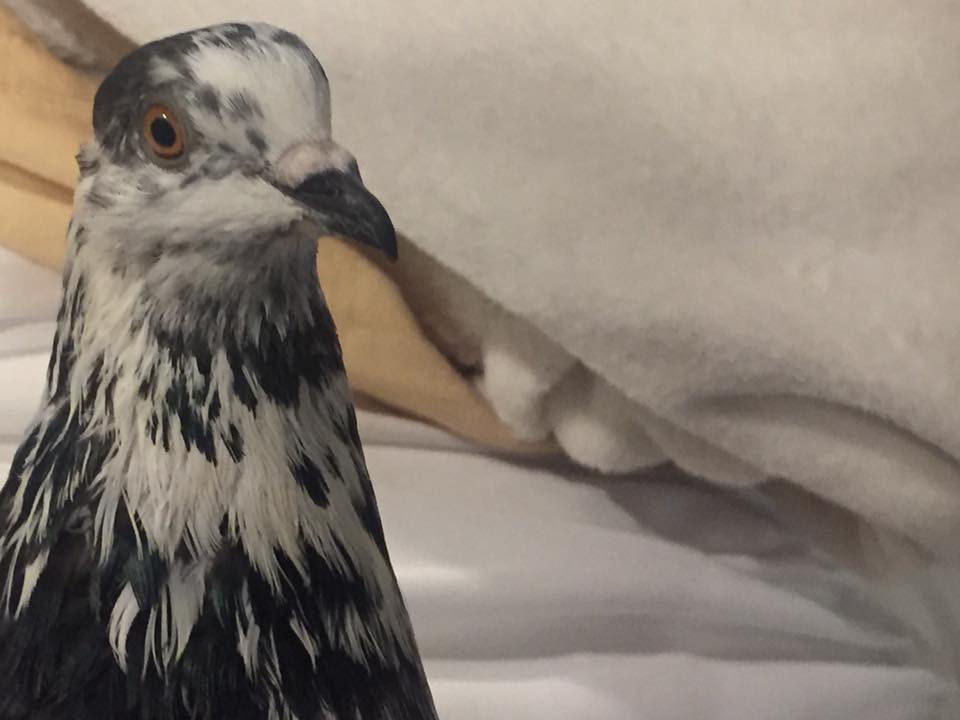
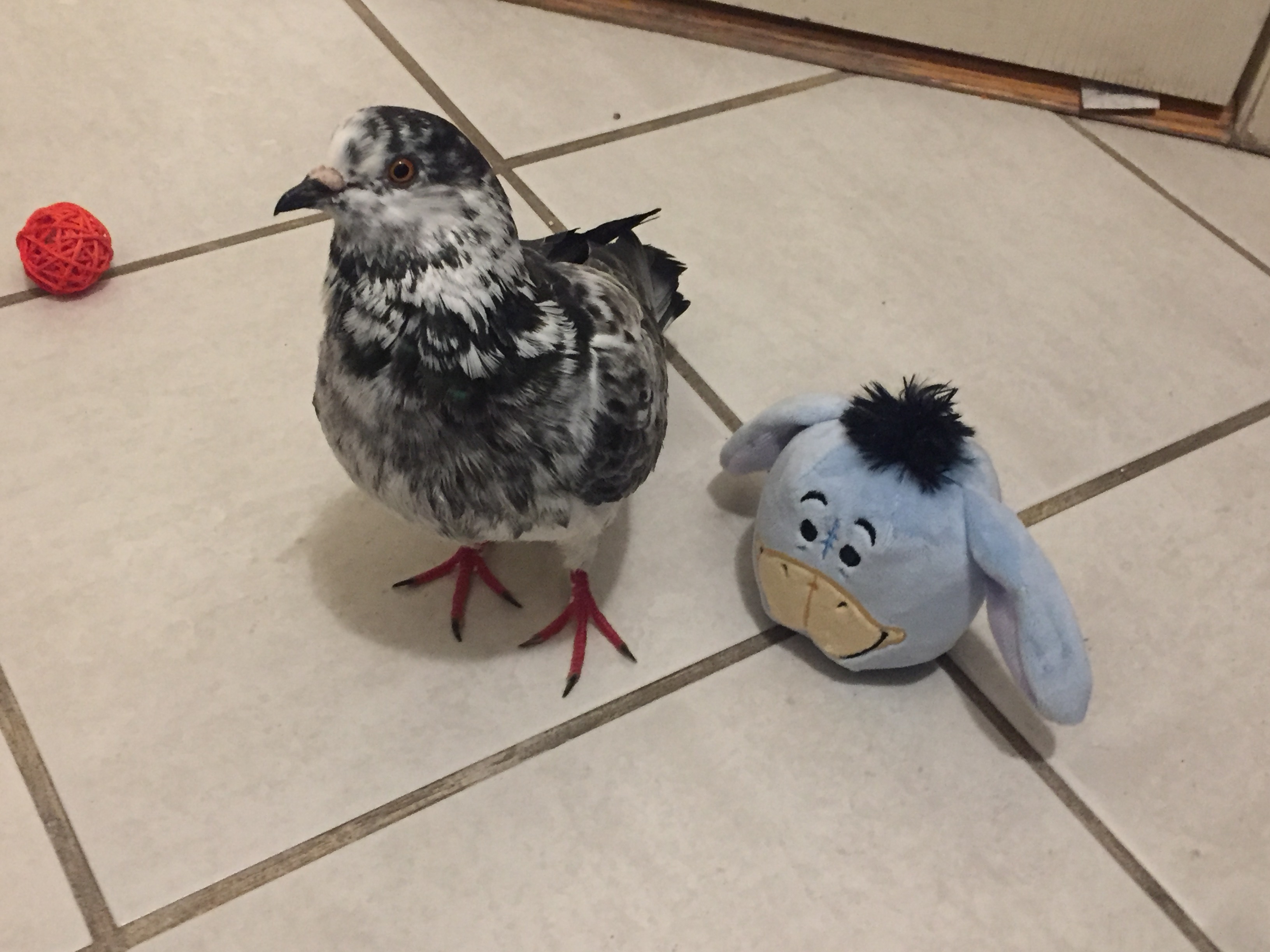
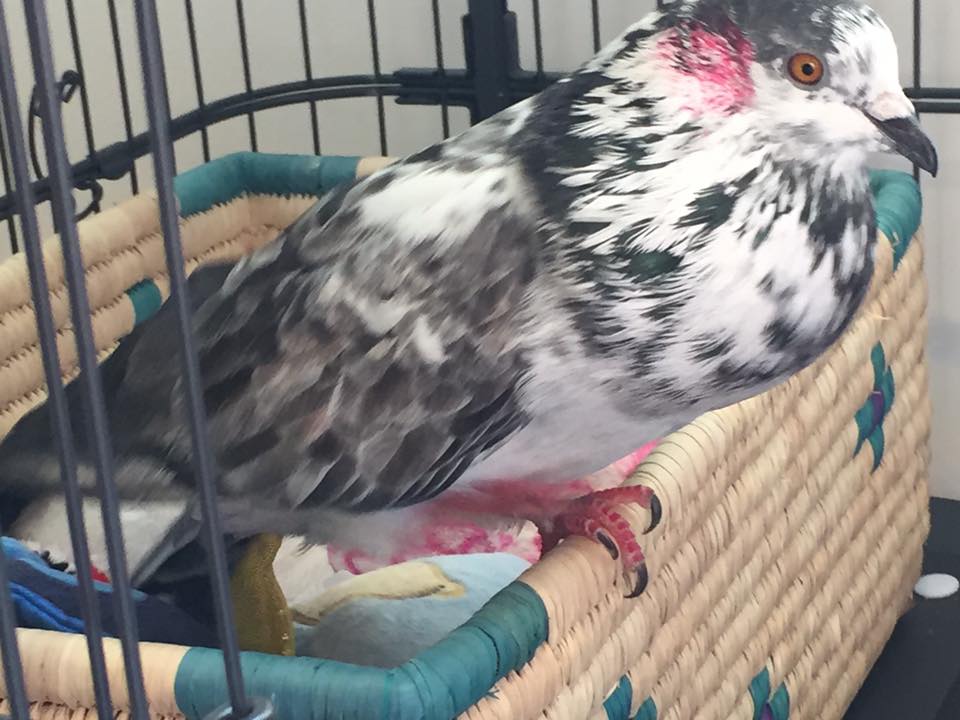
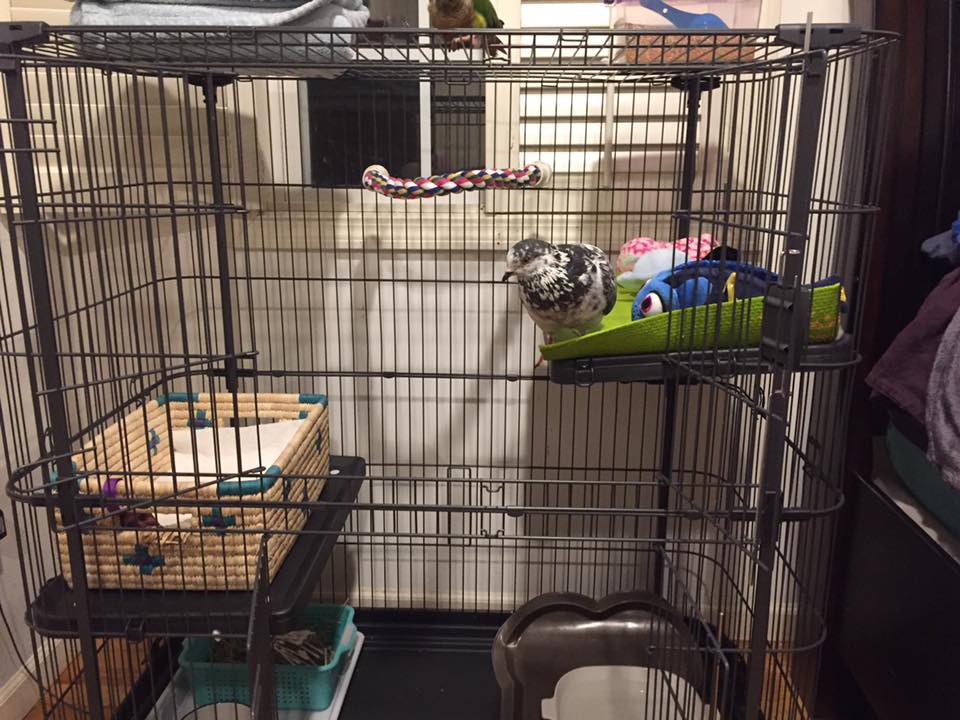
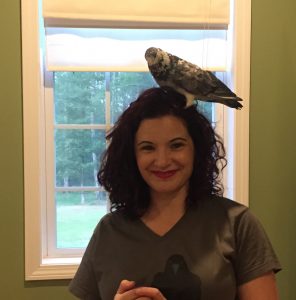
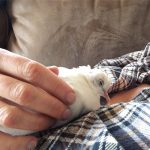
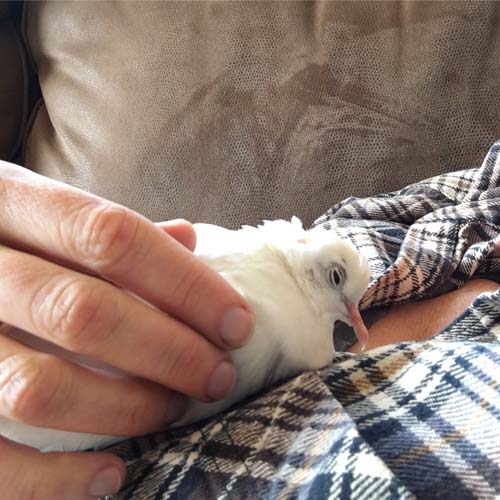
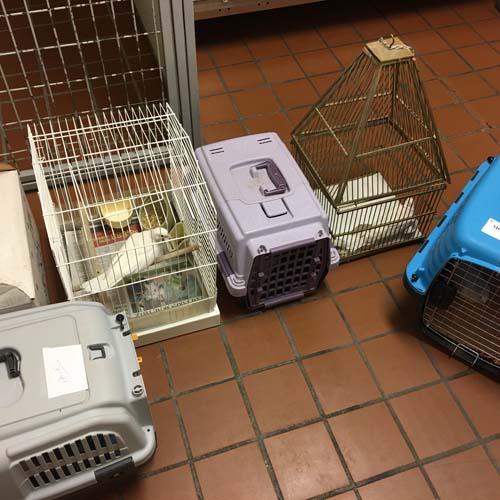
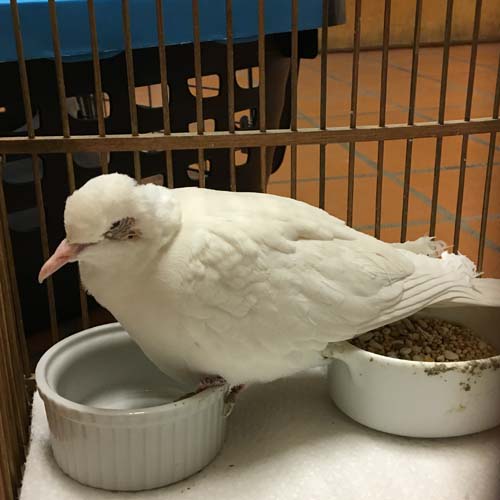
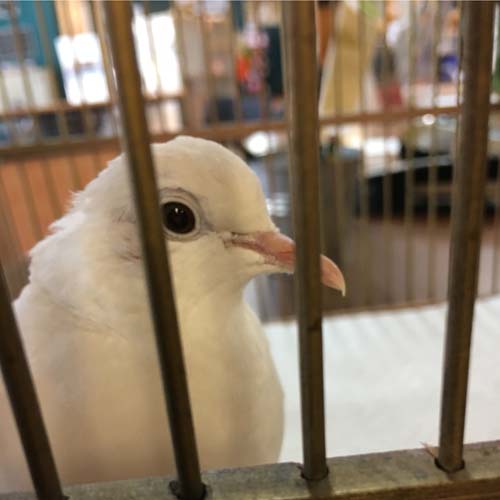
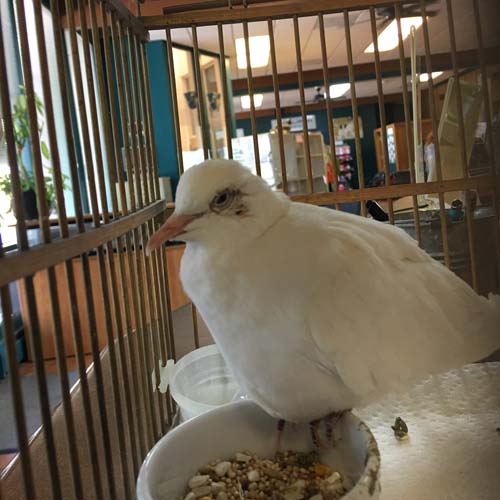
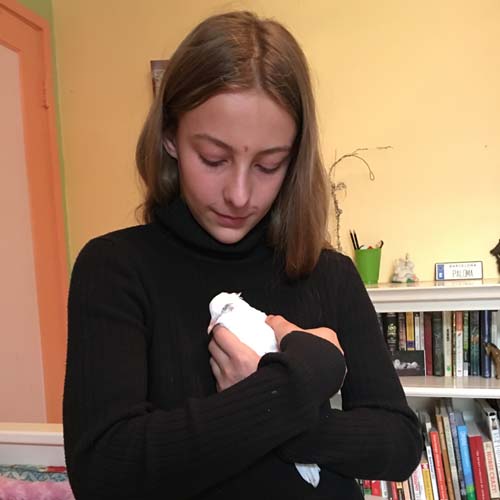
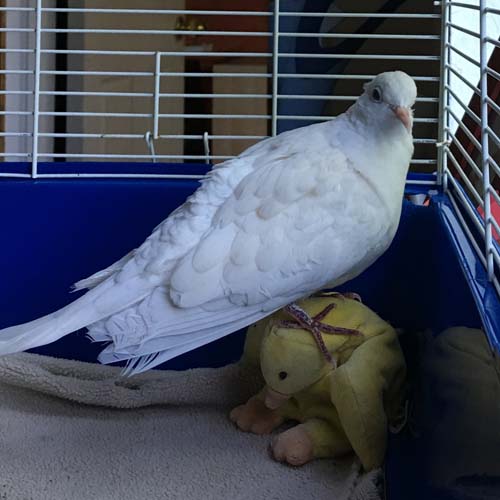
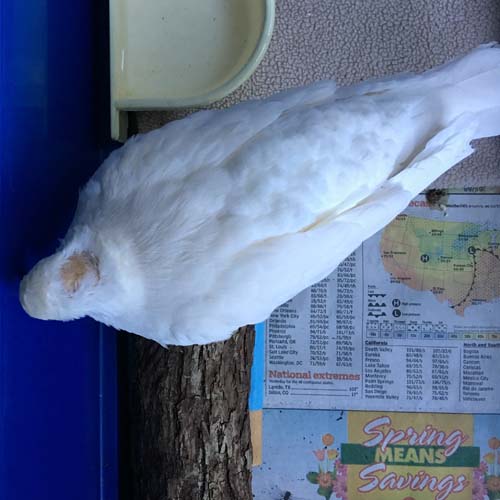
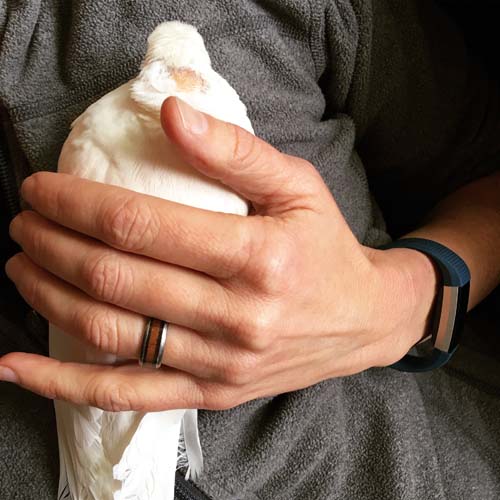
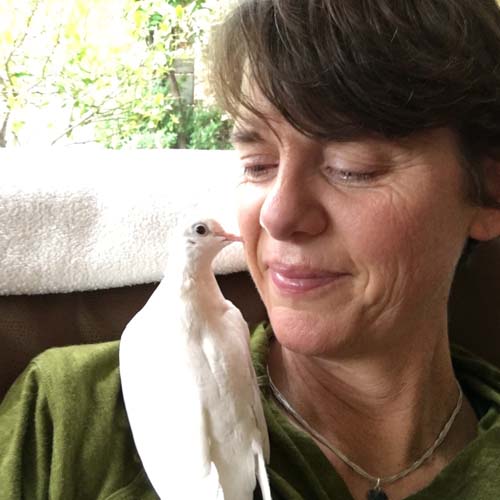
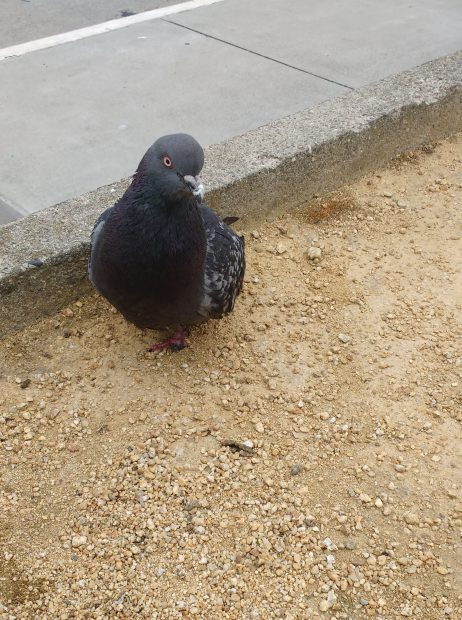
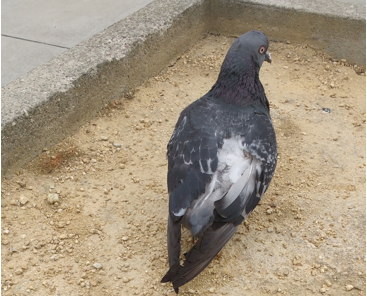
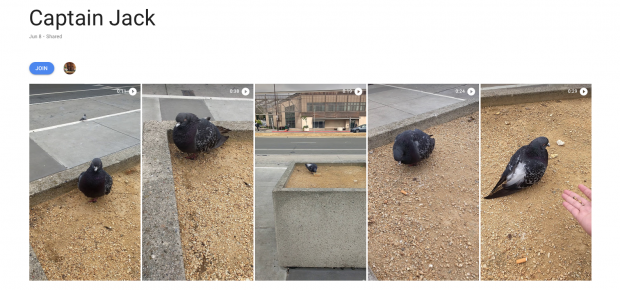

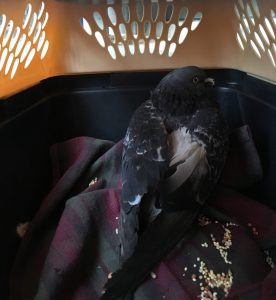
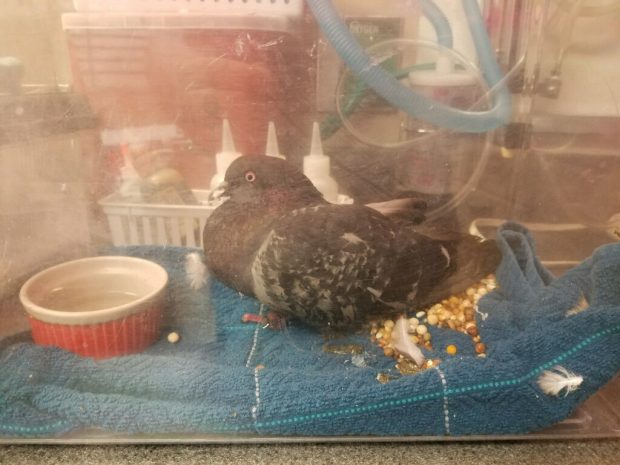
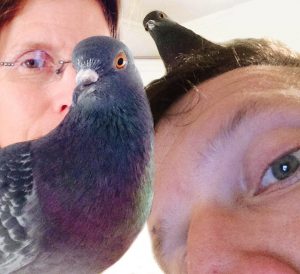 Melne is fond of all birds, wild and domestic, but ever since befriending a flock of pigeons in downtown Oakland, she has found a special kinship with Columba Livia. She is a volunteer for Palomacy, and currently lives with three pigeons, Bowie, a dark checker feral male adopted from Medical Center for Birds, and two Palomacy birds–his mate Carlita, a Budapest Short-faced Tumbler, and Palomacy foster bird Banano, a fancy female Roller, plus two Green Cheek Conures, Cheeky and Sage.
Melne is fond of all birds, wild and domestic, but ever since befriending a flock of pigeons in downtown Oakland, she has found a special kinship with Columba Livia. She is a volunteer for Palomacy, and currently lives with three pigeons, Bowie, a dark checker feral male adopted from Medical Center for Birds, and two Palomacy birds–his mate Carlita, a Budapest Short-faced Tumbler, and Palomacy foster bird Banano, a fancy female Roller, plus two Green Cheek Conures, Cheeky and Sage.